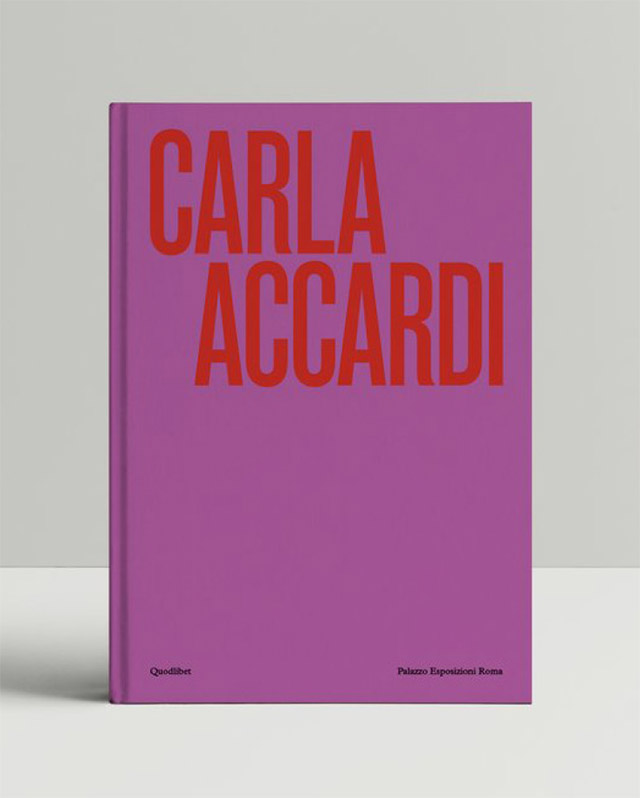
Silvana Editoriale, Milano 2023
A insight on Carla Accardi’s installation at Fondazione Volume!

Grenelle, Potenza 2024
"Cosa dire. Manuale di critica d'arte" (What To Say. Art Criticism Handbook) gets into the core of art criticism. It is not a didactic handbook on "how to" write art criticism, but a book that goes to the essence of criticism: the language and the issues which substantiate the art critic's voice, the expression of his existence meant as a "being in action" (eksistere). The book opens with an "idea/ideal" history of art criticism following the lines traced by the authoritative voice of Giulio Carlo Argan. Then it analyzes the contribution that science offers to art criticism (psychoanalysis, sociology, anthropology, economics, philosophy, epistemology and gender studies).
Grenelle, Potenza 2022
Recognition, the Hegelian “Anerkennung”, in the history of thought is a concept intimately linked to the power of perception and knowledge and, therefore, of conscience and self-awareness; today it has been enriched with multiple meanings, all of which are part of a broader lexical family that has as its reference relationality, intersubjectivity, the relationship with the Other, the idea of freedom. The semantic area that revolves around “recognition” alludes to life in the social community as the existential dimension best able to express the dignity and freedom of the individual. The path from “recognition” opens up to a rationality that takes on the negative, the non-identical, activating itself as a form of interaction and organizational principle of the social world; overcomes that mechanism of the animal matrix of appropriation of the other which is at the basis of the recurrence of the state of nature within social relations, of which the war and conflicts that we are experiencing so dramatically today are a tragic example . On these issues the philosopher Bruno Moroncini, the sociologist and anthropologist David Le Breton and the art historian Angelo Capasso offer readers their stimulating writings, opportunities to start a personal research and design new scenarios from which to look at the present.
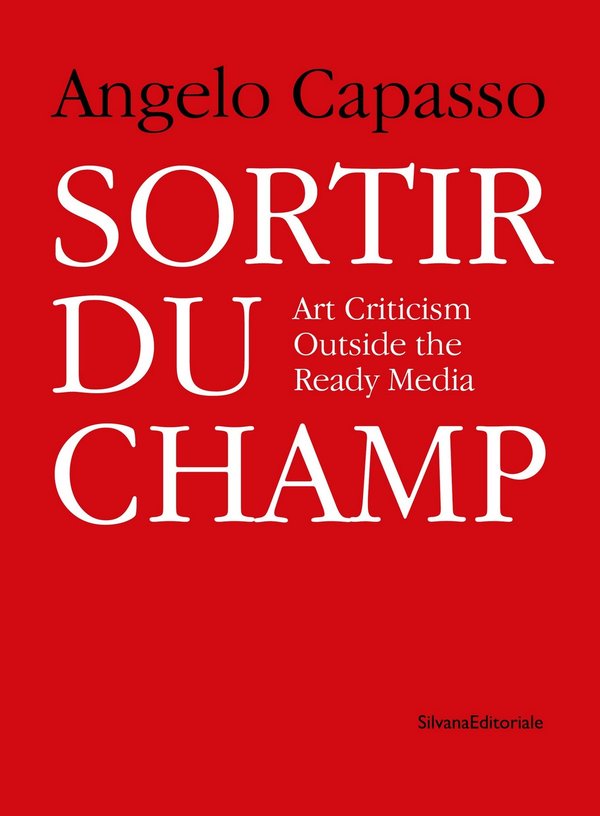
Silvana Editoriale, Milano 2021
Since its first appearance, the ready-made has imposed a “compulsion to repeat”, both in contemporary art and art criticism. The structural recovery of myths that have deep implications on art, this book suggests, can help us break out of this hypnosis. The two essays in this book focus on two main topoi found in classic philosophy and modern technology, Recognition and Electricity, and the illuminating insights they give into the contemporary art world. Against the “cut and paste” trends of our time, Sortir Du Champ, Art Criticism Outside the Ready Media points to a way out of the exponential multiplication of ready-mades, in support of art and theories that do not claim Duchamp as an alibi for their lack of consistency.oss different cultures. 📄
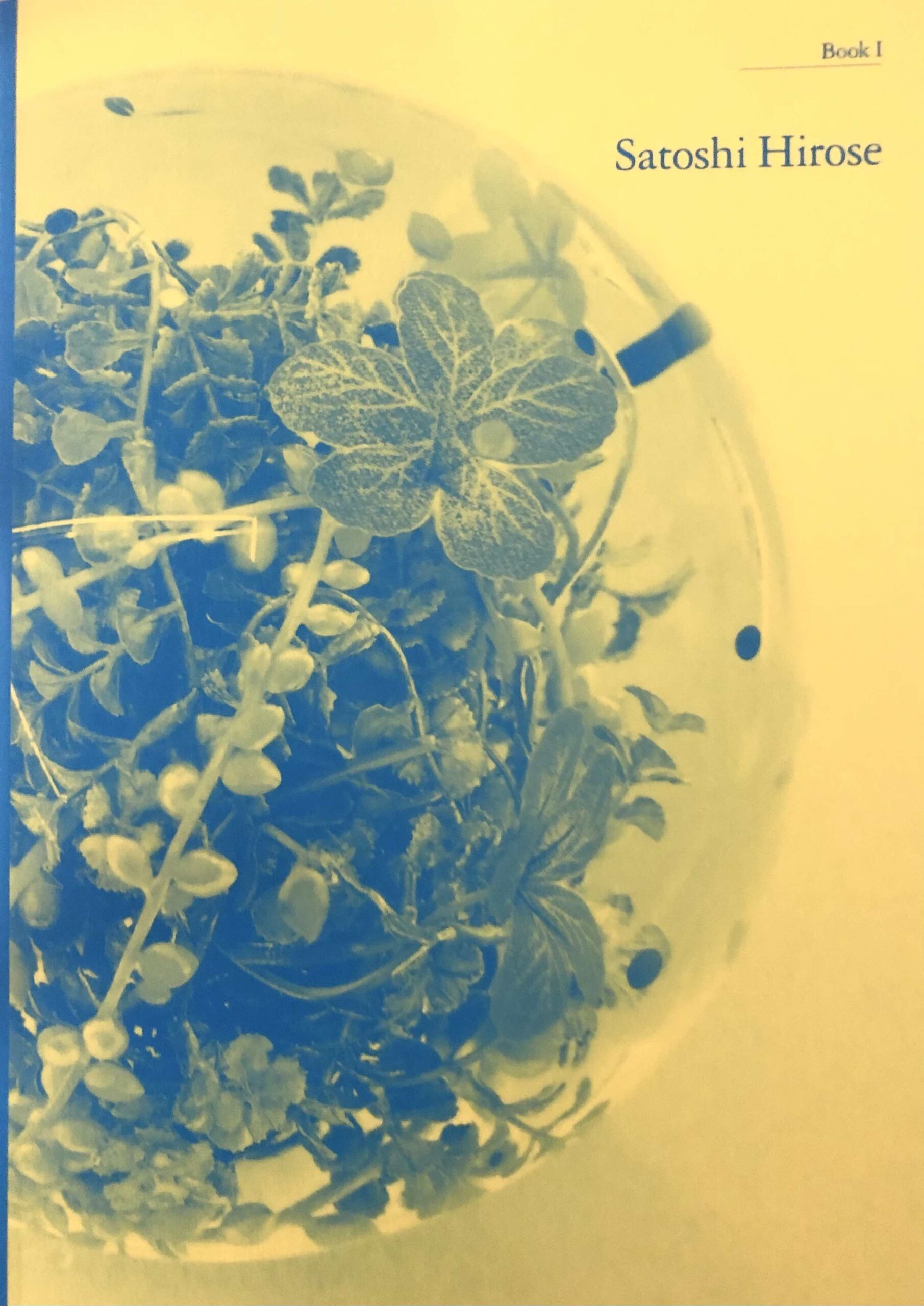
In "Satoshi Hirose. The Earth is Blue Like a Lemon", True Creative Ring Dept. / Cawai Factory Inc., Tokio 2020
Satoshi Hirose is the descendent of a series of cultural issues that have been explored in art in terms of syntony/synchrony between the objects and the events. When he first arrived in Italy, Hirose studied at the Accademia di Brera and at the Casa degli Artisti in Milan with Luciano Fabro, one of Arte Povera’s protagonists. It is in the realm of the Conceptual art (the Duchampian “Why not sneeze”), that the blurring between senses begins, and establish the seeds of Hirose’s Garden of the senses.
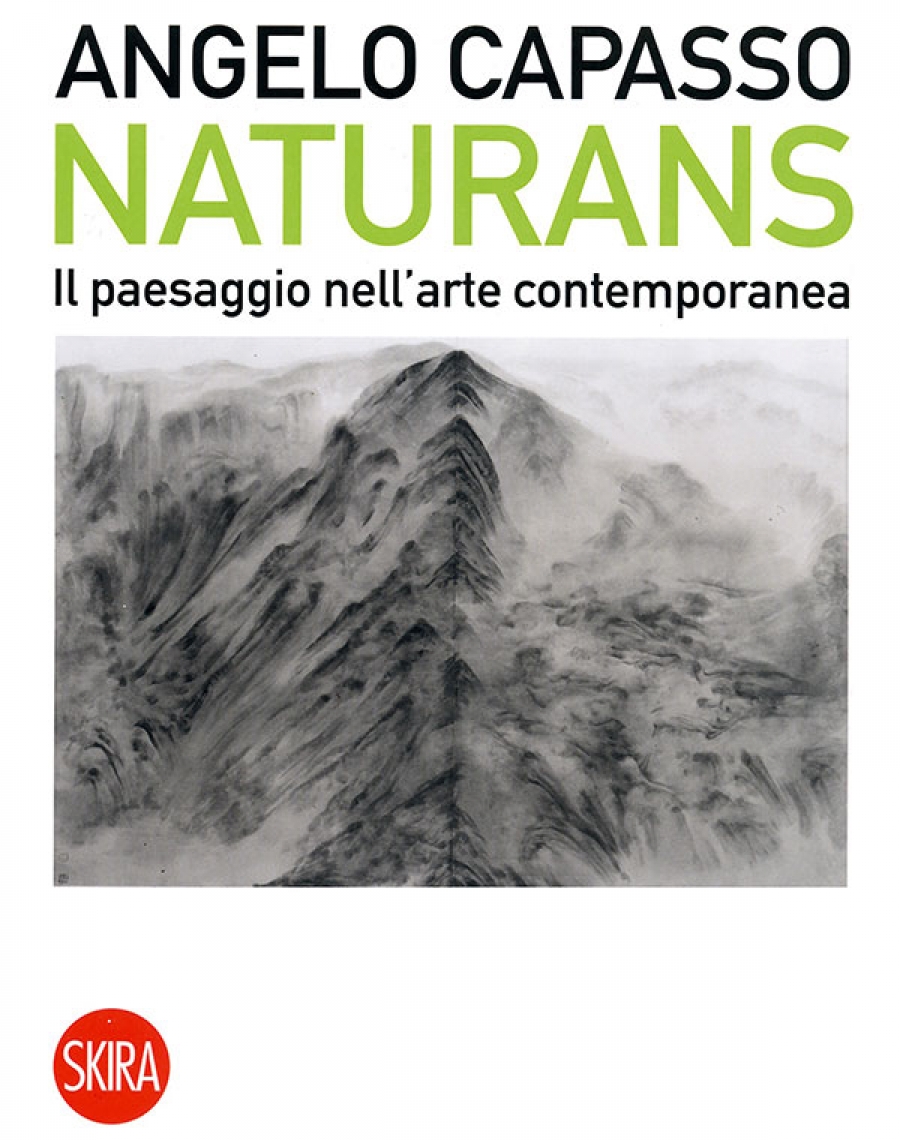
Skira, Milan 2019.
“Landscape” is the art genre that best helps us understand the artist’s gaze. A Landscape springs from the artist’s desire to shape to the world and to grasp its essence. Naturans. Landscape in contemporary art analyzes this gaze in a historical glimpse – from the second half of the nineteenth century to Twentieth century, up to the present day – during which, through creation artistic, the landscape is transformed into a model to verify the complexity of art through different media and across different cultures.
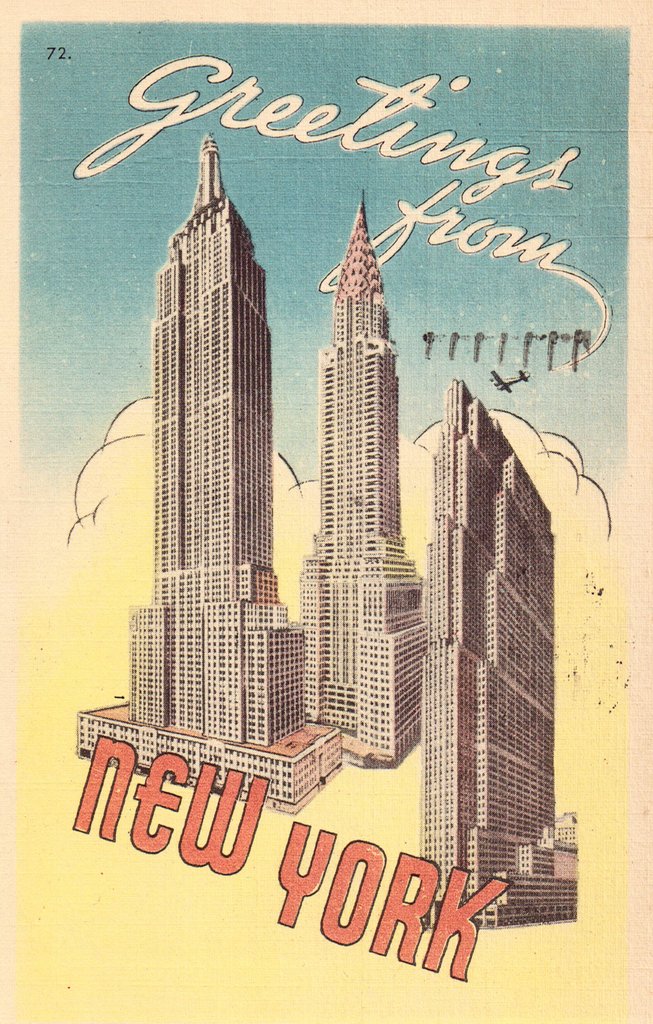
in "Circolazione di persone e di idee. Integrazione ed esclusione tra Europa" (a cura di Susanna Nanni e Sabrina Vellucci), Bordighera Press, New York, 2020, pp. 256-272.
The history of Italian artists is New York City is a controversial one. L’aria della grande mela (The Big Apple’s Air) analyzes the fortunes and misfortunes of the Italian artists in the City after the Second World War (1950-2000).
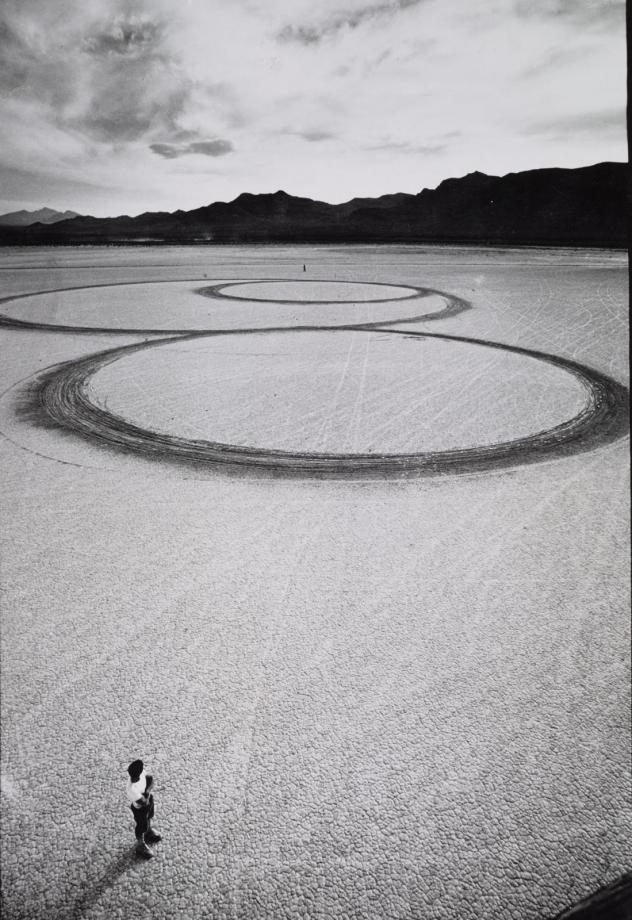
in "Iperstoria. Journal of American and English Studies", 2018.
Land Art as Landscape Monuments in five interpretations: Robert Smithson, Jan Dibbets, Dennis Oppenheim, Michael Heizer and Walter De Maria. 📄
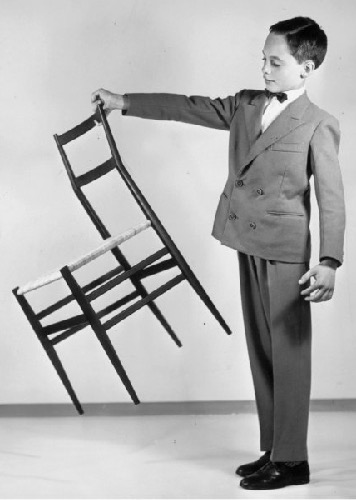
In: ".it Italian trade", Italy/America Chambre of Commerce of Miami, volume 13, Issue 1, pages 18-19, Miami, USA 2017.
“Italian Design” is a specific category of the International history of Design. It is a “design of culture”, as Emilio Ambasz (curator of MoMA Exhibition’s Italy: The New Domestic Landscape, 1972) declares. Italy, a worldwide trendsetter in design is an historical survey on Italian Design focusing on its latest protagonists and researches.
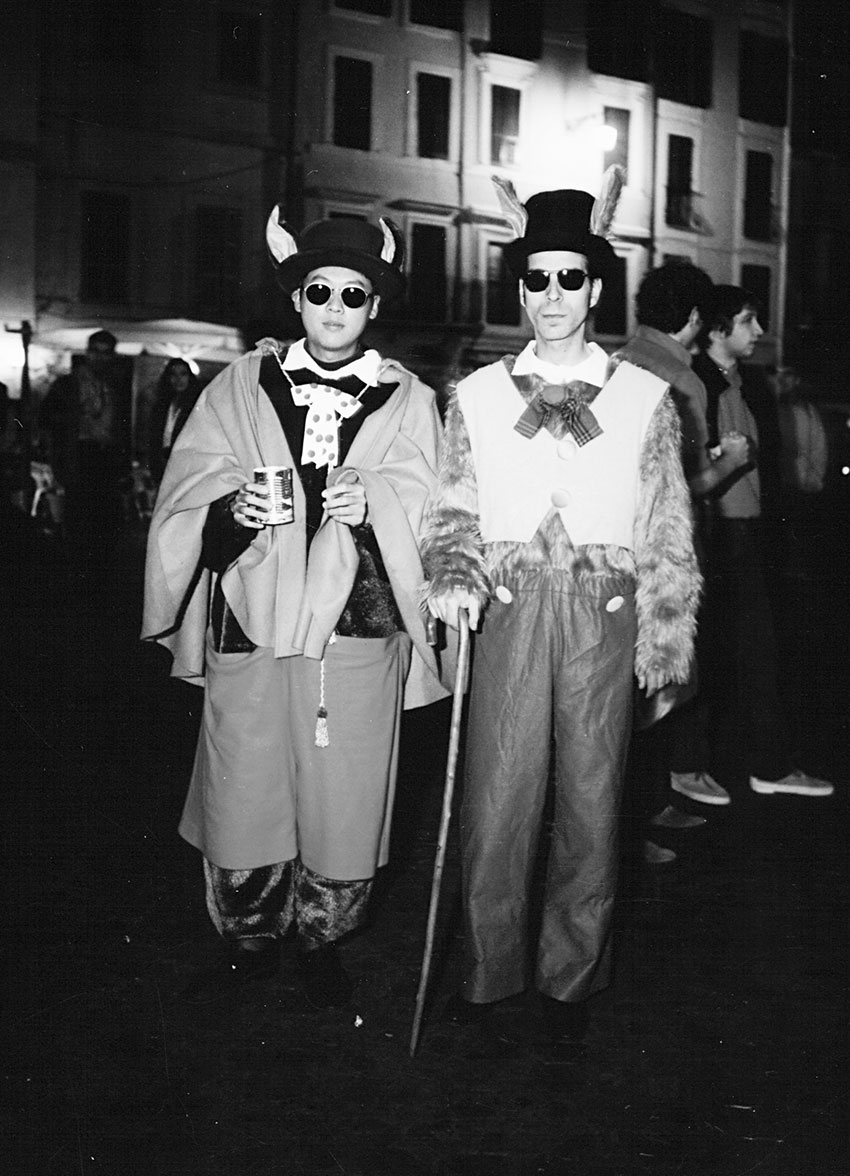
in Flash Art, 50, n. 336, Milan, 2017, pages 33-35.
The Fox and the Cat is an ancient fable with both Eastern and Western analogues involving different animals that addresses the difference between resourceful expediency and a master stratagem. In the basic story a cat and a fox discuss how many tricks and dodges they have: Felice Levini and HH. Lim. The number 2 is a text on the “temporary duo” and its implications in Italian Contemporary art history. 📄
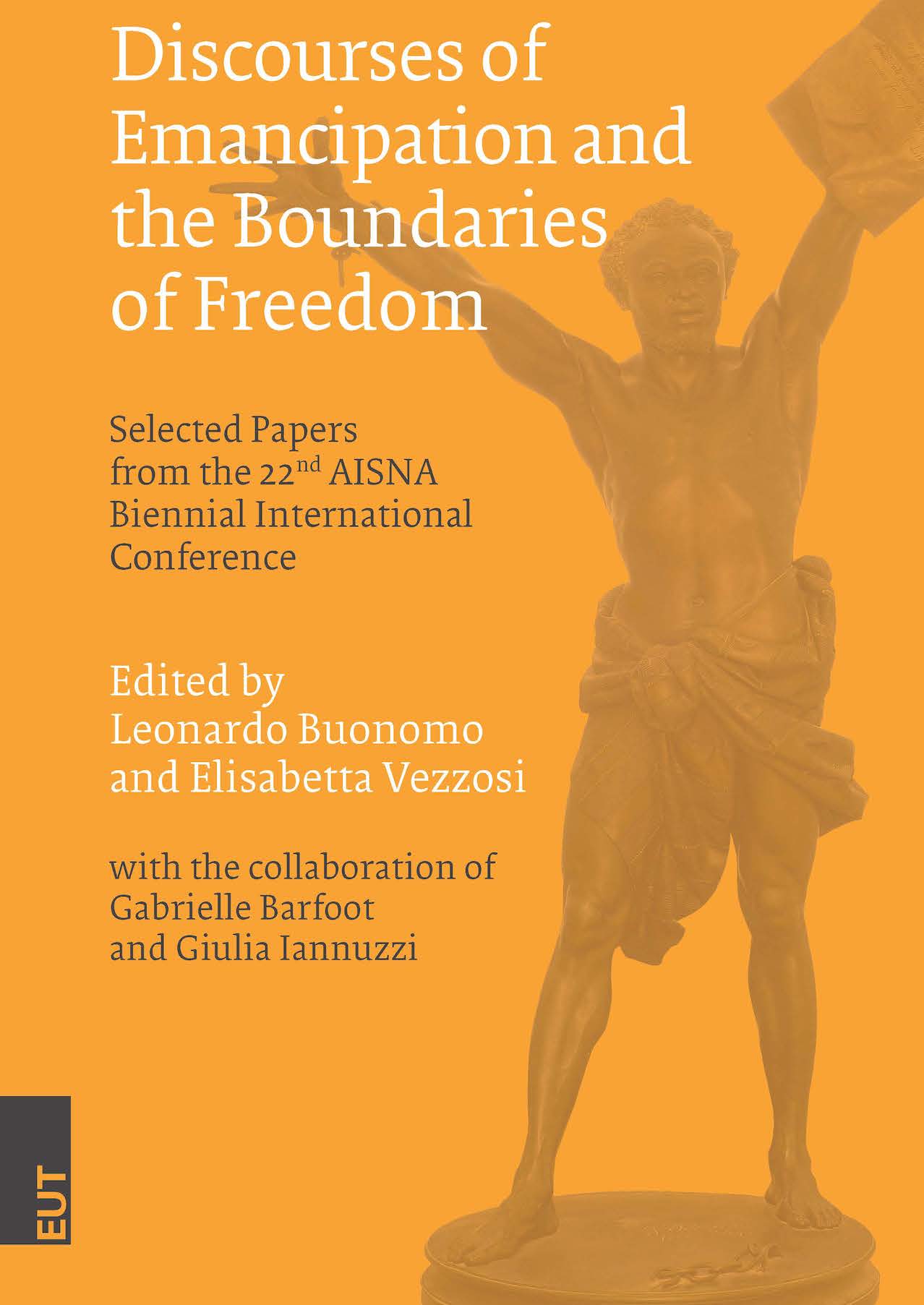
In: Leonardo Buonomo, Elisabetta Vezzosi (curators) “Discourses of Emancipation and the Boundaries of Freedom”, Edizioni Università di Trieste, Trieste 2015.
An essay on Marina Abramovic’s work that clarifies the difference between “performance” and “performativity” and how Performance Art changed in the last decades.
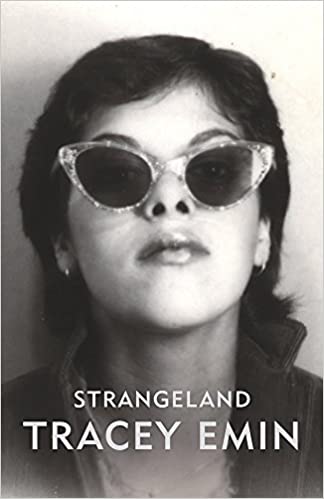
In: Flash Art, October 2015.
A revealing interview with one the stars of the British historical Sensation group. 📄

in Remo Salvadori “Isola Isole Insulae”, Johan & Levi, Milan 2013.
“Stalemate is a chess position in which a player cannot move any piece except the king and cannot move the king without putting it in check”. In Art, it is the condition imposed by the readymade.
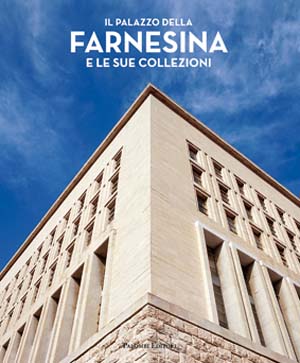
in “Le Collezioni della Farnesina”, Palombi Editore, Rome 2011.
Collecting contemporarity: art and design is an essay on the drives that move a collector to his “compulsion to collect”.
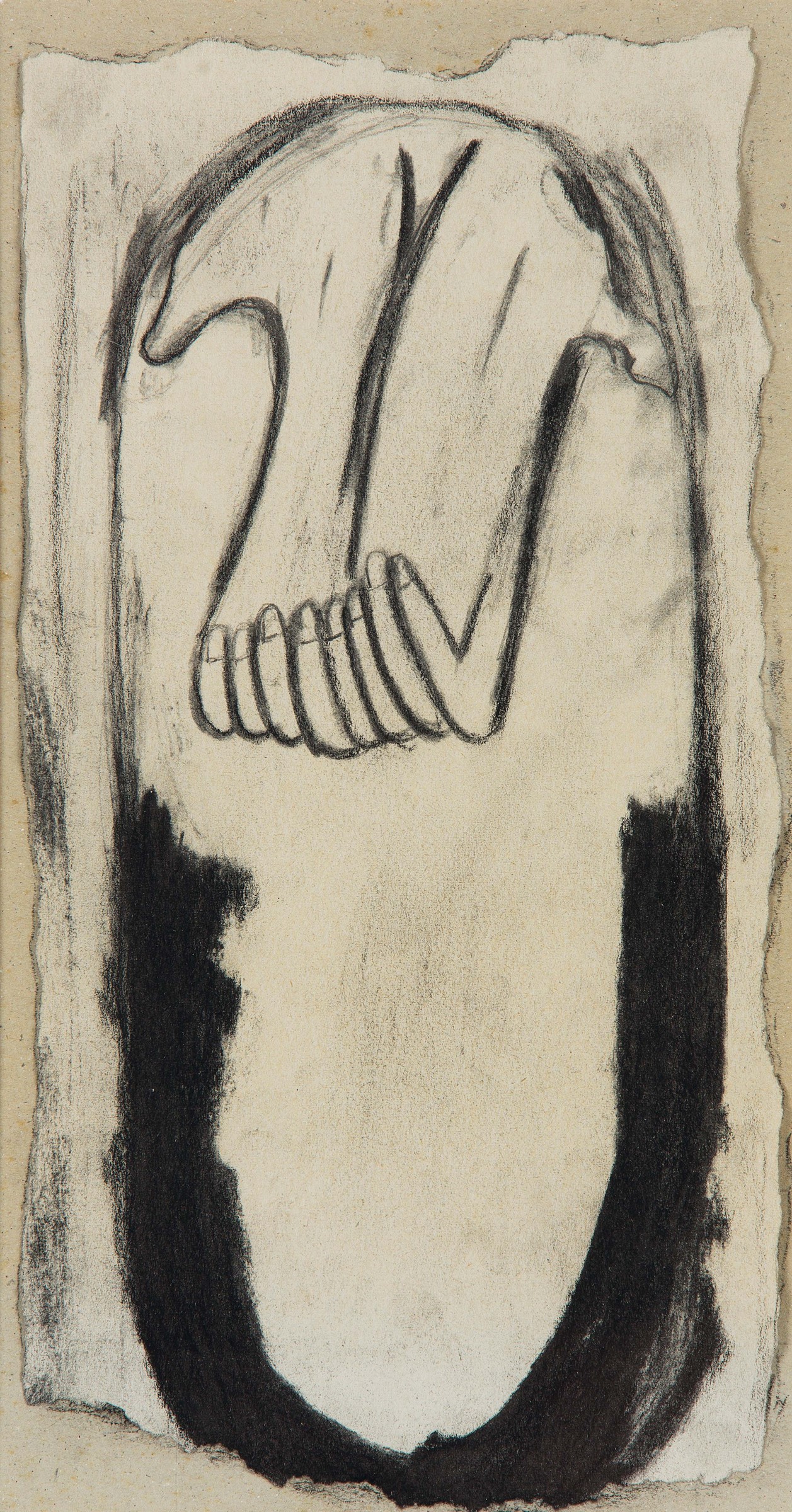
in Flash Art, October 2011.
The title of this essay is perfectly ironic. A detailed essay on Italian Post-Modern Art. 📄
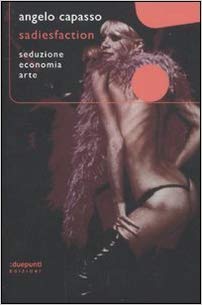
DuePunti, Palermo 2011.
The economic nature of art is not an issue rooted in the finance. Art has its own economy. The book was written before the International economic crisis provoked by the Lehman brothers crack (2008). Analyzing the economic nature of art, “Sadiesfaction” analyzes the qualities of the Economy of Art and offers also a possible way to rethink the whole idea of indutrial economy.
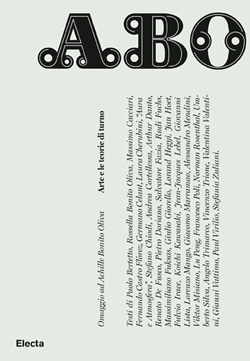
Paolo Balmas, Angelo Capasso (curators), Electa, Milan 2011.
A rich collection of essays on various disciplines, from art criticism, to theater, philosophy, epistemology, architecture and science. An overview on the present cultural scene which includes essays by International authors such as Massimo Cacciari, Fernando Castro Flórez, Germano Celant, Arthur Danto, Renato De Fusco, Rudi Fuchs, Massimiliano Fuksas, Giulio Giorello, Lóránd Hegyi, Jan Hoet, Koichi Kawasaki, Jean-Jacques Lebel, Giovanni Lista, Giacomo Marramao, Alessandro Mendini, Viktor Misiano, Lu Peng, Francesco Poli, Norman Rosenthal, Umberto Silva, Angelo Trimarco, Vincenzo Trione, Gianni Vattimo, Paul Virilio (…). The book was published to celebrate Achille Bonito Oliva’s retirement from his Academic work as Professor of Contemporary Art History at the University “La Sapienza”, Rome.
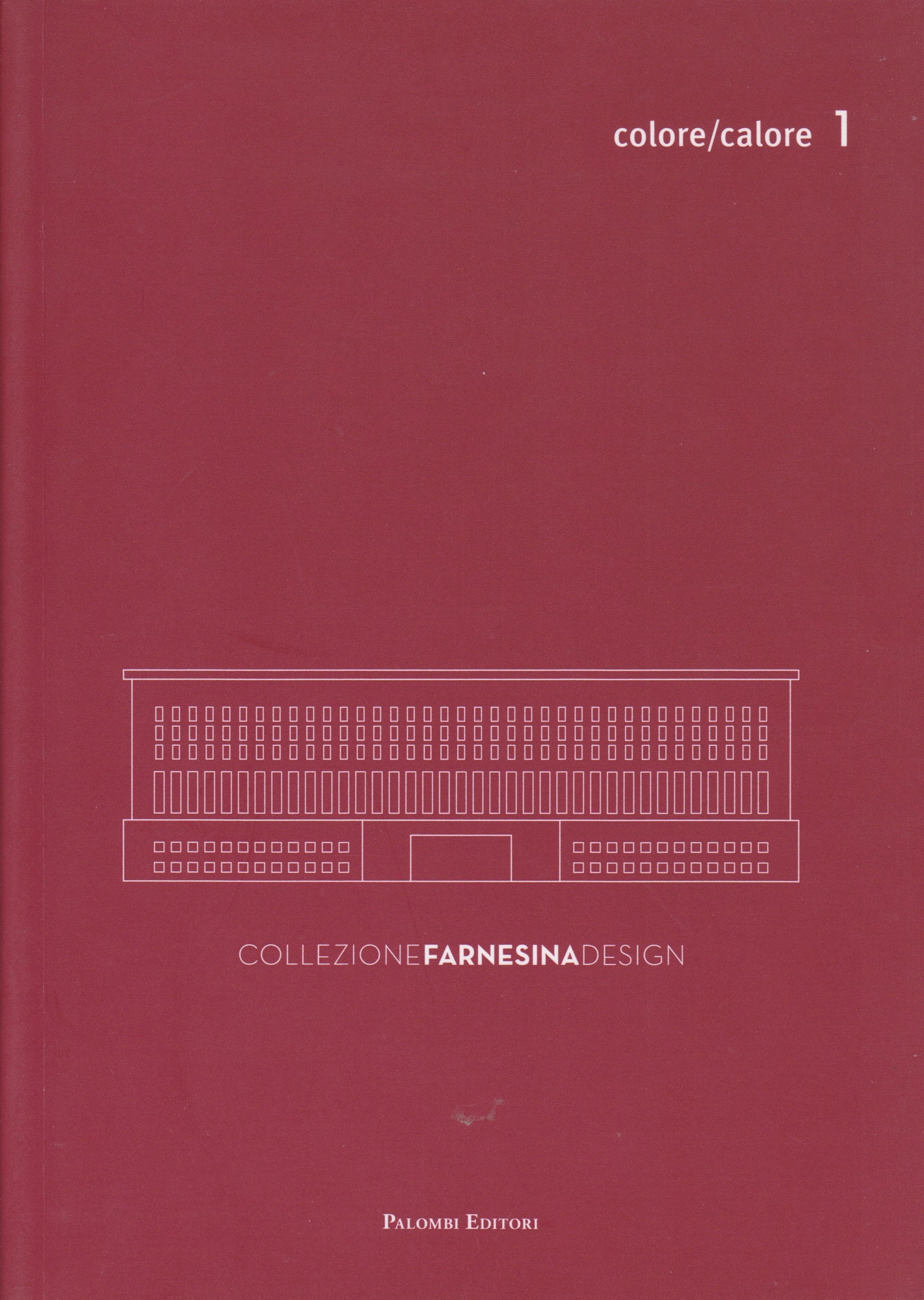
in Collezione Farnesina Design, n. 1, Palombi Editore, Roma 2010.
Colour and warmth for the Farnesina Design Collection is the essay that explains the Farnesina Design Collection and opens the Italian Design Collection tour with exhibitions throughout the world.
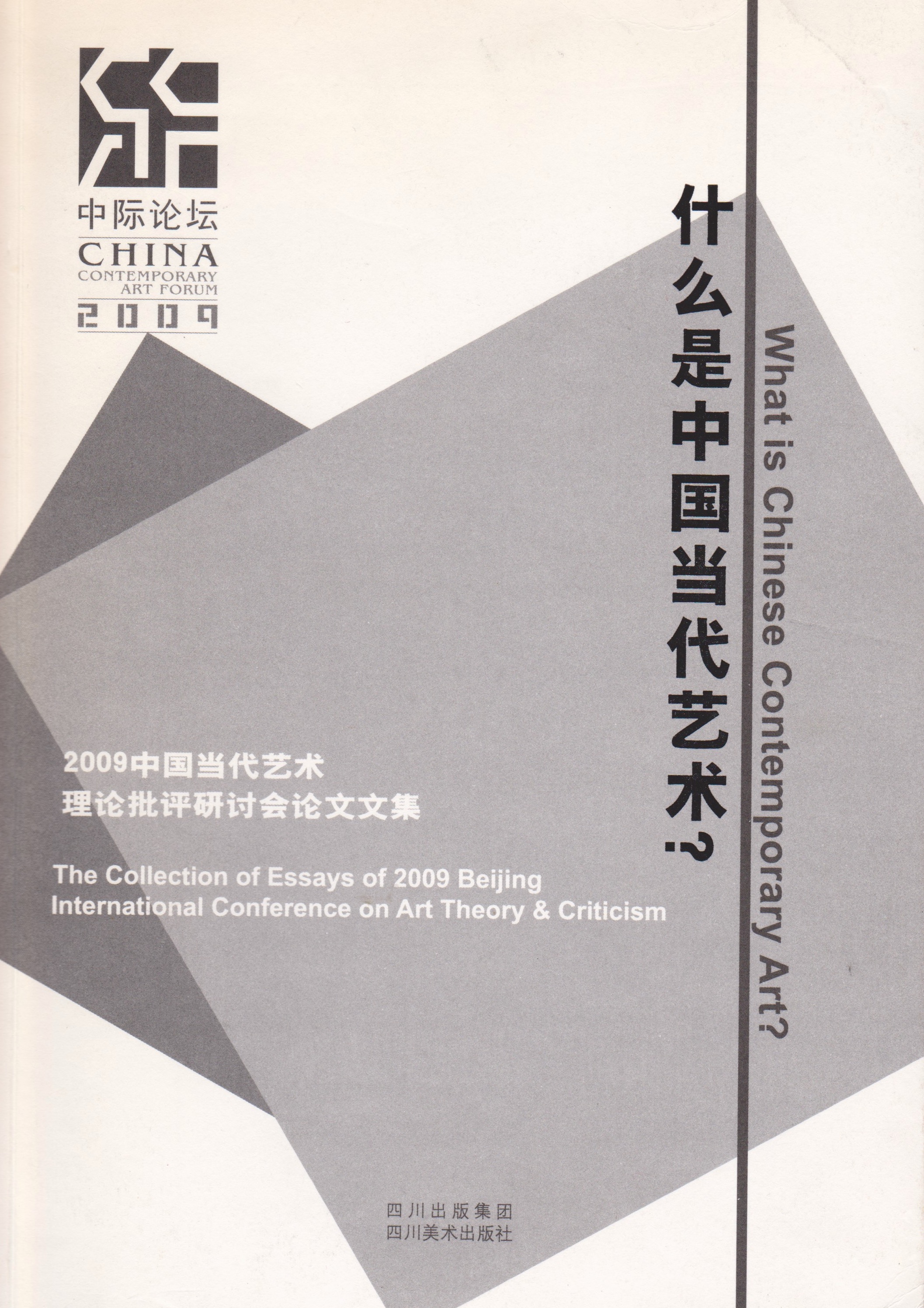
in "1 Forum on Chinese Contemporary Art", University of Beijing, Sichuan Fine Arts Publishing, Beijing 2010.
In the occasion of the First Forum on Chinese Contemporary Art which takes place at the University of Beijing, Capasso published his text on “avanguard”, “performance”, “performativity” as all elements that regard Chinese Contemporary Art. Beijing International Conference on Art Theory and Criticism with: Terry Smith (Professor at University of Pittsburgh at Pennsylvania), Hal Foster (Professor at Art and Archaeology at Princeton University), Jennifer Purtle (Professor at University of Toronto,Canada), David Carrier (Professor at Case Western Reserve) University in Ohio USA, Minna Torma (Professor at University of Helsinki, Finland), Hans Belting (Professor at State College of Design in Karlsruhe Germany), James Ekins (Professor at the Art Institute of Chicago), Jiang Jiehong, (Senior Lecturer Birmingham City University), Britta Erickson (Independent scholar, curator), John Clark (Professor at the University of Sydney), Angelo Capasso (Art critic, curator, Professor for contemporary art, and
co-director of Volume, Rome), Wen Pulin (Independent art critic), Yang Xiaoyan (Professor at Zhongshan University), Gao Ming Lu (Professor at Sichuan Art Academy & University of Pittsburg in
Pennsylvania), Chang Ning Sheng (Professor at Nanjing Art Institute), Huang He Qing (Professor at Zhejiang University), Wang Nan Ming (Shanghai based art critic), Yang Huiling (Professor at Renmin University), Yin Shuangxi (Professor at Central Academy of Fine Art) Wang Ling (Professor at Sichuan Art Academy), Cao Yiqiang (Professor at Fine Art Academy of China), Ding Ning (Professor at Beijing University), Huang Zhuan (Associate Professor at Guangzhuo Art Academy), Shen Yubin (Professor at Zhejiang University), Feng Yuan (Professor at Zhongshan University), Peng Feng (Professor at Beijing University, Geng Youzhuang (Professor at Renmin University, Yin Jinan (Professor at Central Academy of Fine Art), Zhu Qingsheng (Professor at Beijing University).
CAFA Art Museum – Central Academy of Fine Arts
8, Hua Jia Di Nan Street, Chaoyang District – Beijing
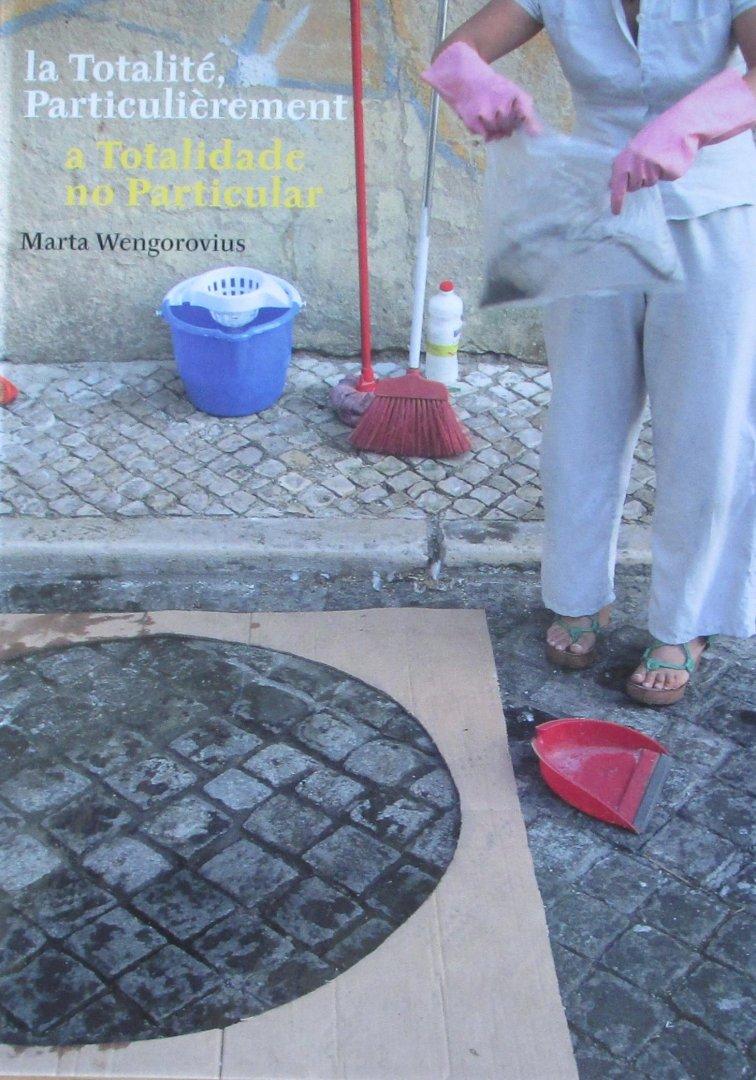
in “Marta Wengorovius. La Totalité, Particulièrement”, Centre Culturel Calouste Gulbenkian, Paris, France, 2009.
Marta Wengorovius is a visual artist and an intellectual whose work concentrates in extending the Art practice to different areas of knowledge. The rich publication produced by the Centre Culturel Calouste Gulbenkian shows Wengorovius’ original perception of Art.
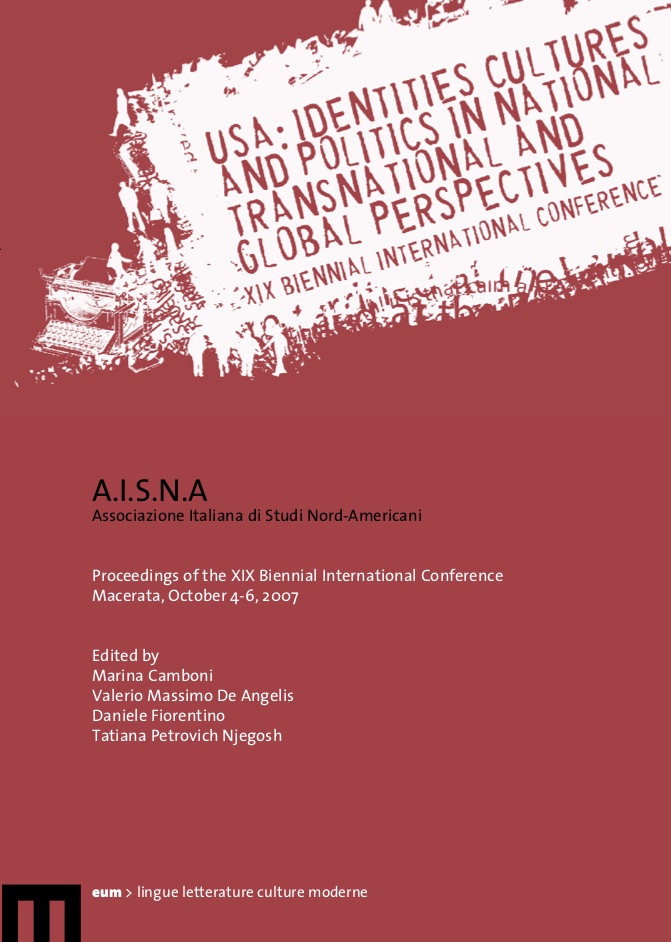
in XIX Aisna Biennal Conference “USA: Identities, Cultural and Politics in National, Transnational, Global Perspectives”, Edizioni EUM, Università di Macerata, Macerata 2009.
Film and video are at the center of this essay that compares Bill Viola and Matthew Barneys work in the way they moved the visual arts closer to the cinema.
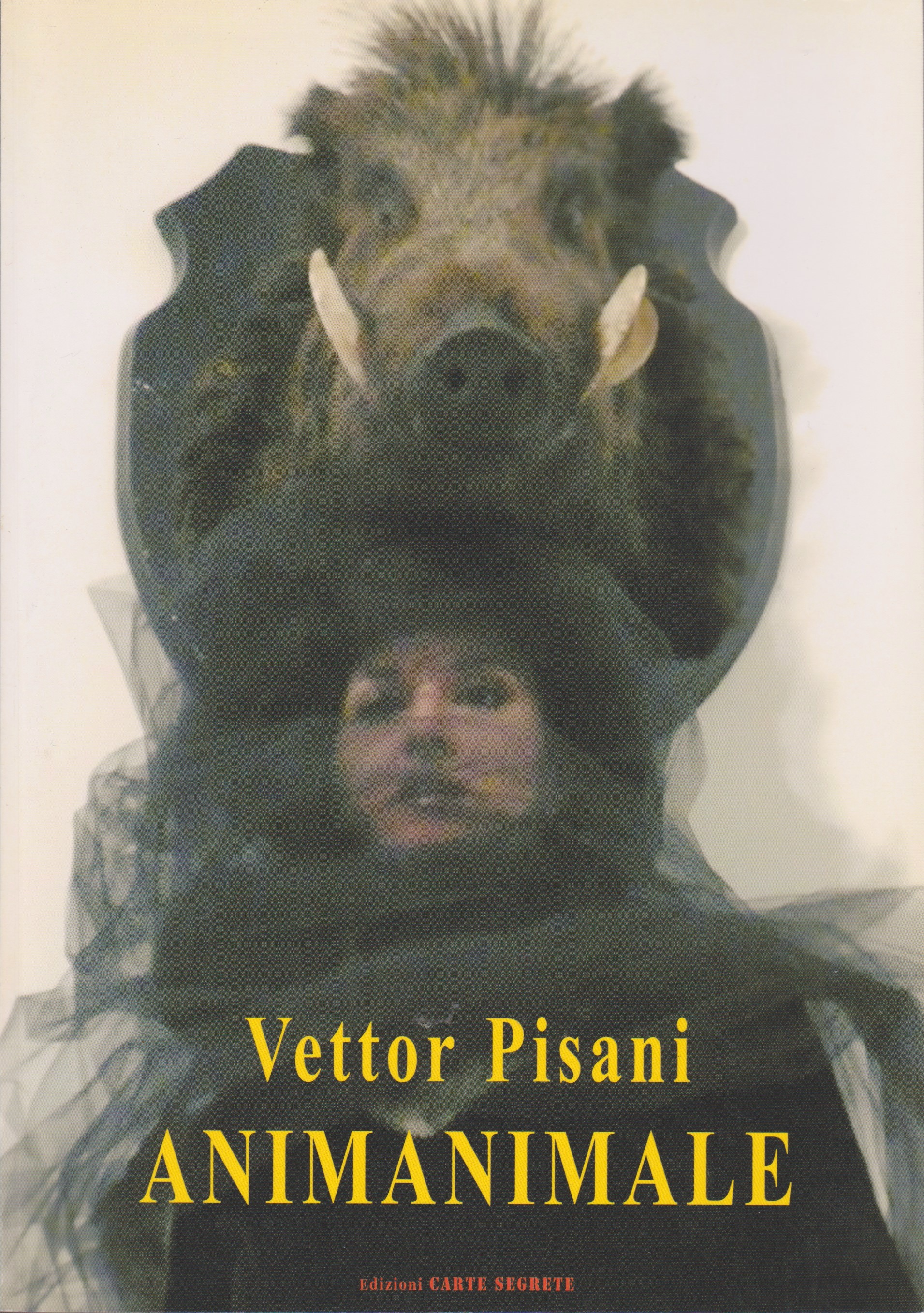
in Angelo Capasso, "Vettor Pisani. Animanimale”, Edizioni Carte Segrete, Rome, 2008.
Roma, 2008.
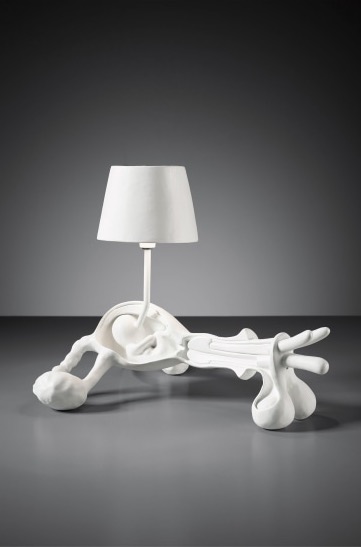
sponsored by the Premsela and Mondriaan Foundation. On the Design.nl website.
An essay on Dutch Design sponsored by Premsela Foundation.
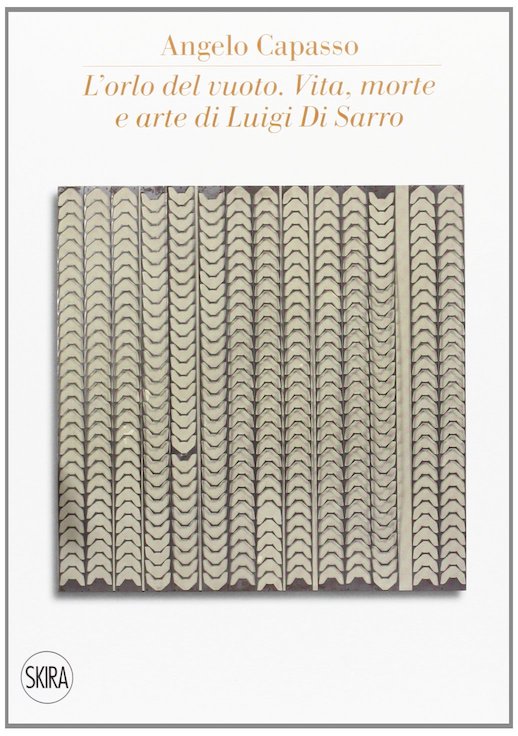
Skira, Milan 2008.
Luigi Di Sarro (Lamezia Terme 1941 – Rome 1979) is one of the most complex figures of the Roman art scene of the sixties and seventies. His premature death interrupted a path that critics have tried to reconstruct through the tools of a posteriori investigation. This book provides a new interpretation of Di Sarro’s work, analyzing aspects so far overlooked by the vast critical bibliography, with the aim of providing a wide angle able to fully restore us the artist’s thought and visual work in the wake of the research of the avant-garde of the twentieth century. Through Di Sarro’s story, Capasso investigates the cultural life in Rome between 1968 and 1979 which remains the most controversial of the history of Italy since the Second World War.
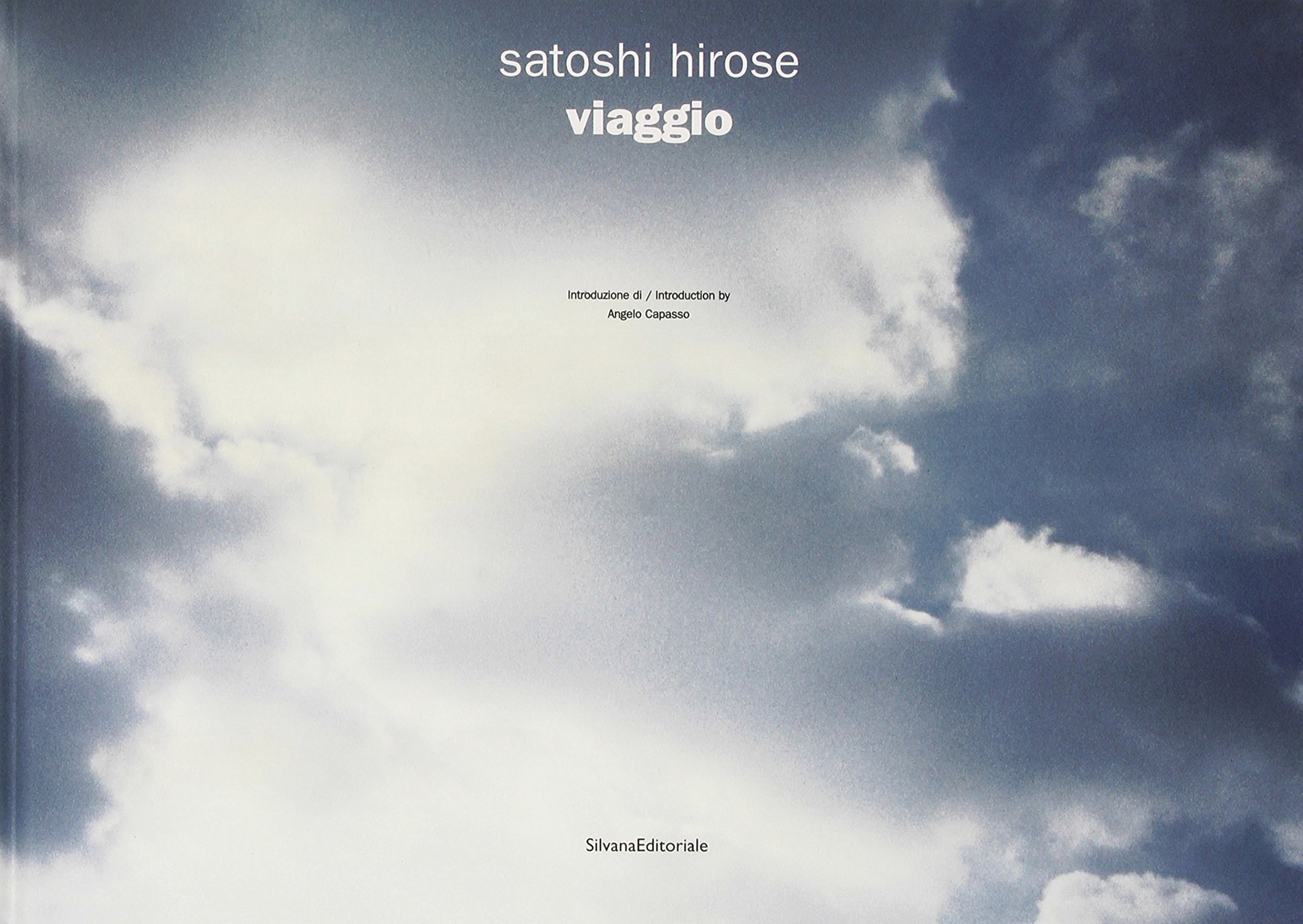
Silvana Editoriale, Milan 2008.
The sky is the absolute space to which Satoshi Hirose dedicates part of his photographic work. This book collects the images of skies captured in different times of the day: memories of trips made in different places in the world, fragments of a vastness that the artist recorded through the camera during ten years, a long journey in images analyzed by Angelo Capasso’s words.
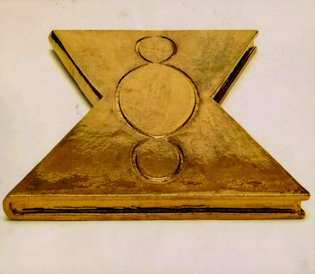
in Third Paradise, NCCA - National Centre for Contemporary Arts, Moscow 2007.
in Terzo Paradiso, Edizione Centro Nazionale per l’Arte Contemporanea, Mosca, 2007. 📄
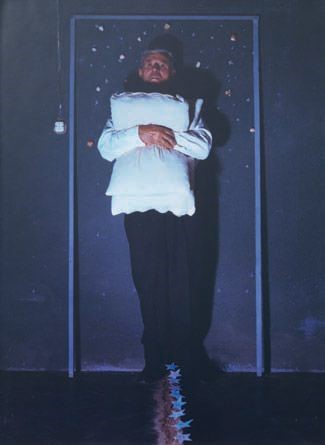
in Michele Zaza, Edizioni Six, Lissone (MI) 2007.
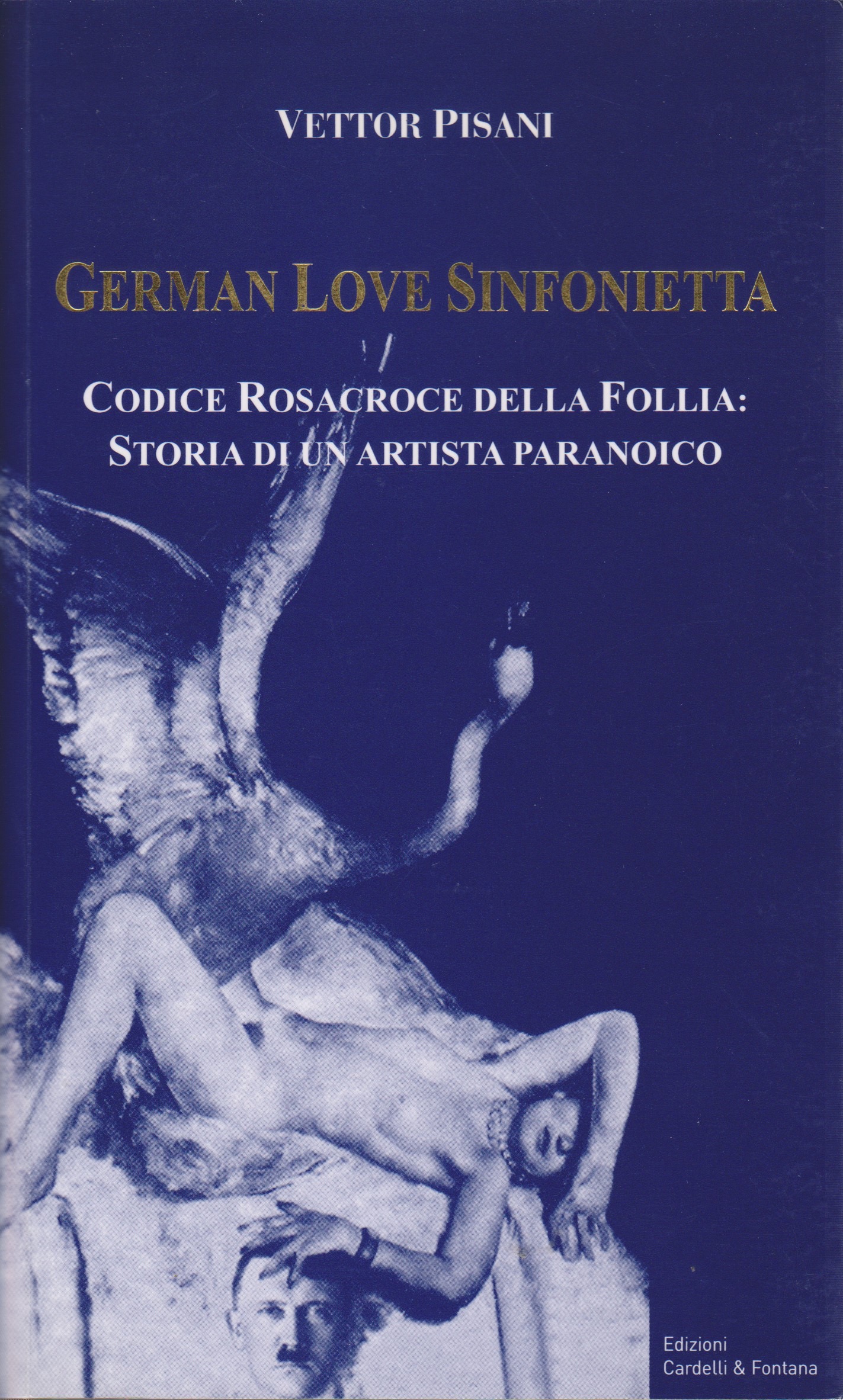
postfazione a Vettor Pisani “German Love Sinfonietta”, Edizioni Cardelli & Fontana, Sarzana (SP) 2007.
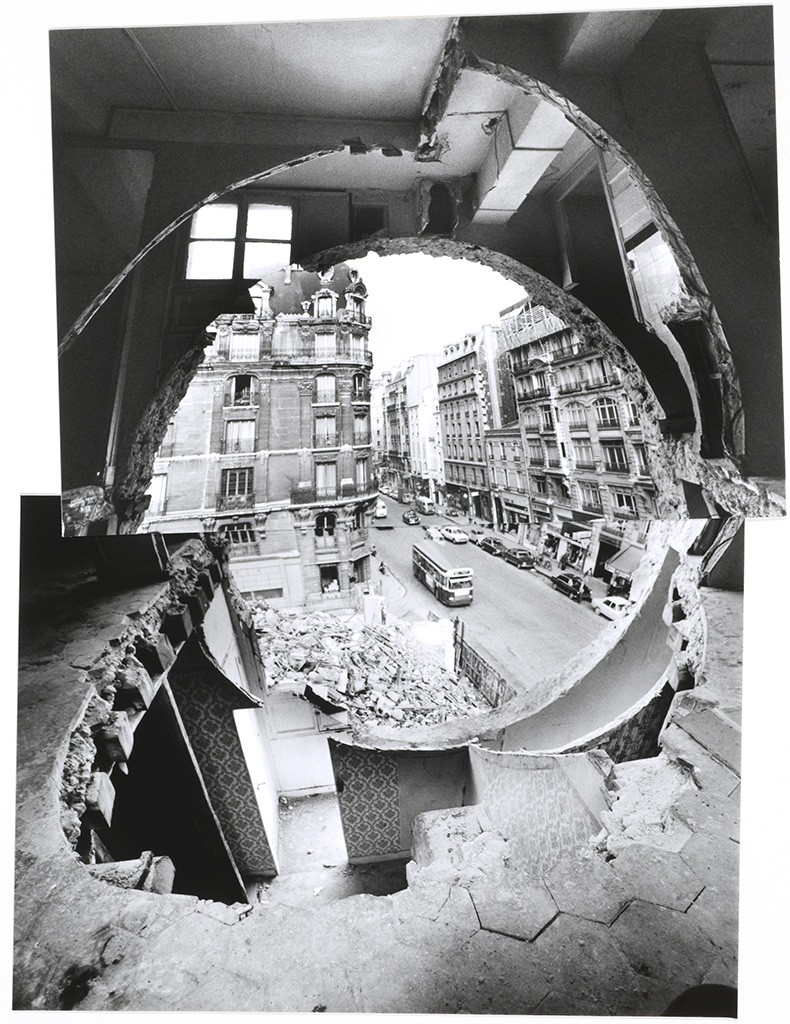
in “American Solitudes. Individual, National, Transnational”, Carocci, Roma 2007.
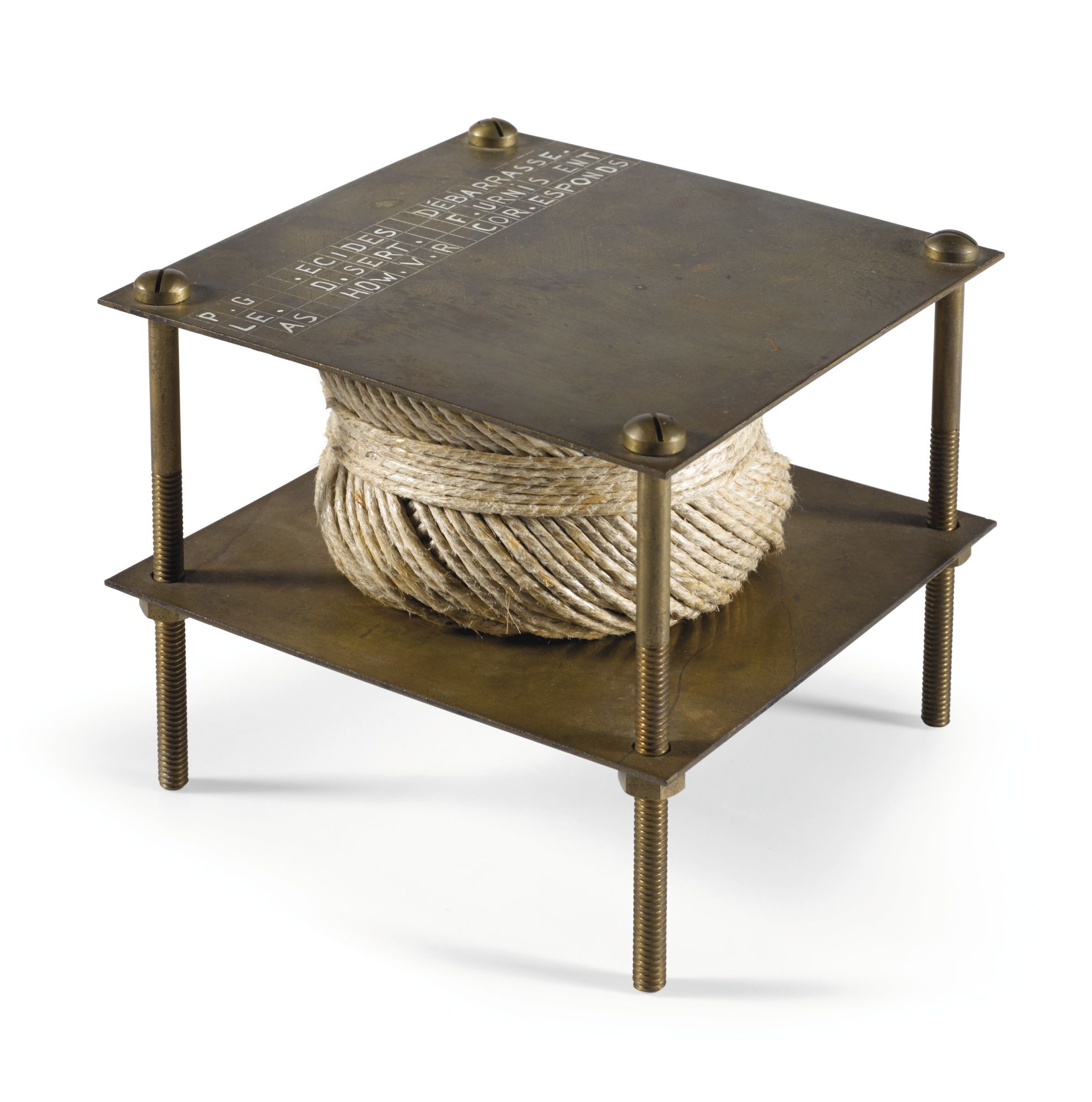
in Op. cit., Electa Napoli, gennaio 2007, numero 128.
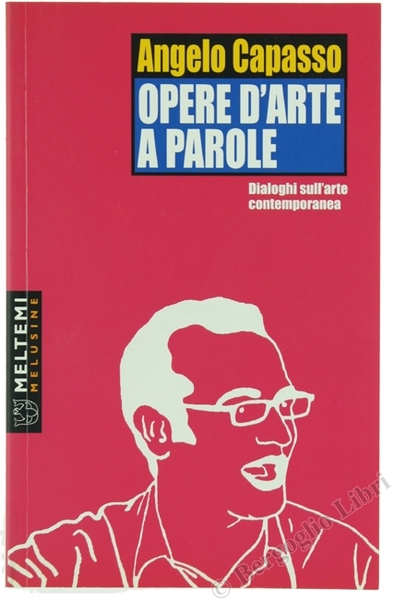
Meltemi, Rome 2007.
The work of art speaks in silence. But what happens if a critic tries to strike up a dialogue with the artist, be it a conceptual artist, a photographer, a neo-expressionist painter, a performer, a director or a rocker? The reactions are the most diverse: from skepticism to distrust, from shyness to irony. The books contains a collection of dialogues that Capasso shared with International artists such as: Lou Reed, Wim Wenders, Jimmie Durham, Luigi Ontani, Jorge Molder, Enzo Cucchi, Thorsten Kirchhoff, Yang Jiechang, Wang Du, Avish Khebrehzadeh, Dennis Oppenheim, Jannis Kounellis, Roman Signer, Marc Quinn, Rebecca Horn, Kendell Geers, Gilbert & George, Georgina Starr, Maurizio Cattelan, Urs Luthi, Fabio Mauri, Michele Zaza (…).
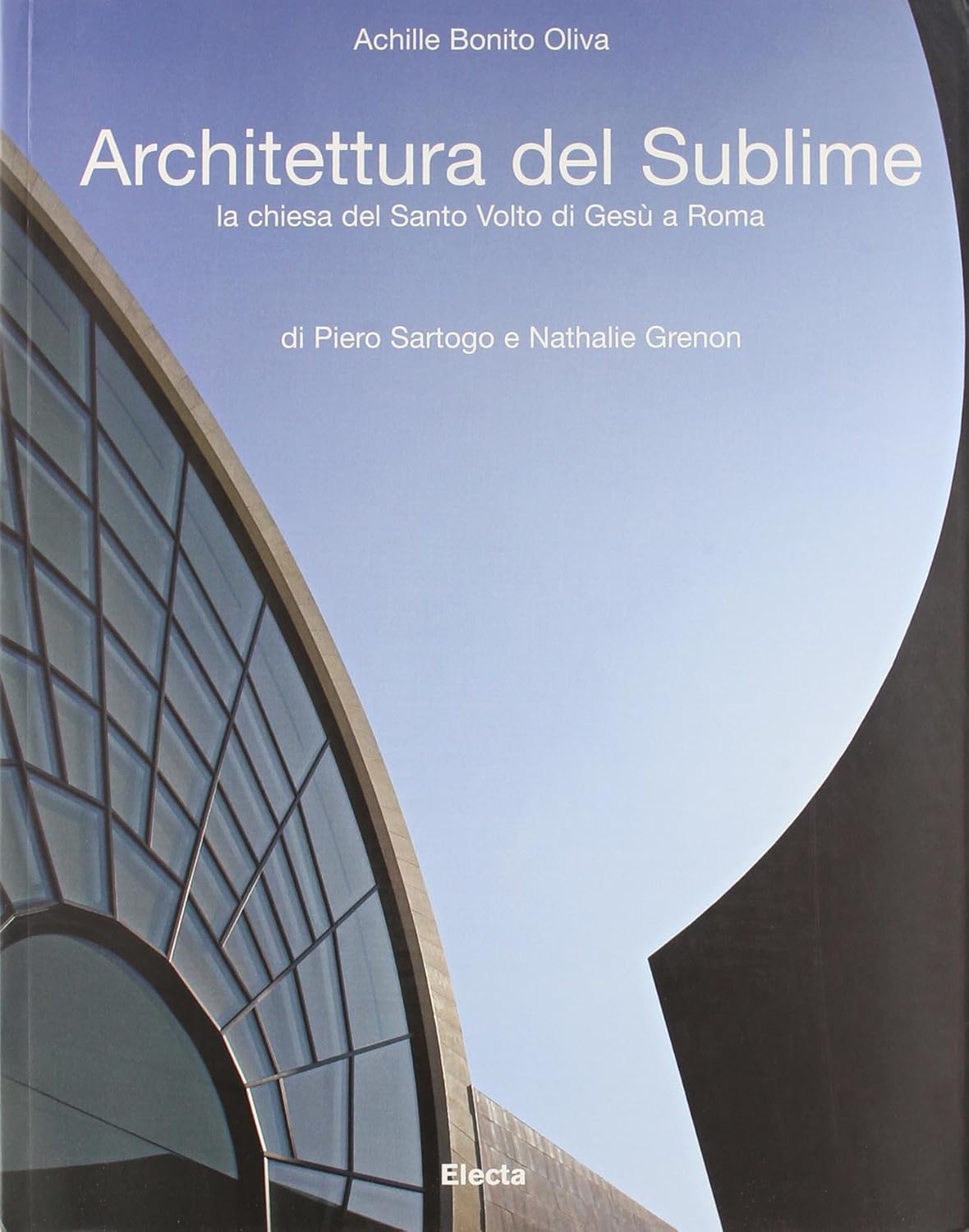
Electa Mondadori 2007
in “Architettura del sublime. La chiesa del santo Volto di Gesù a Roma di Piero Sartogo e Nathalie Grenon”
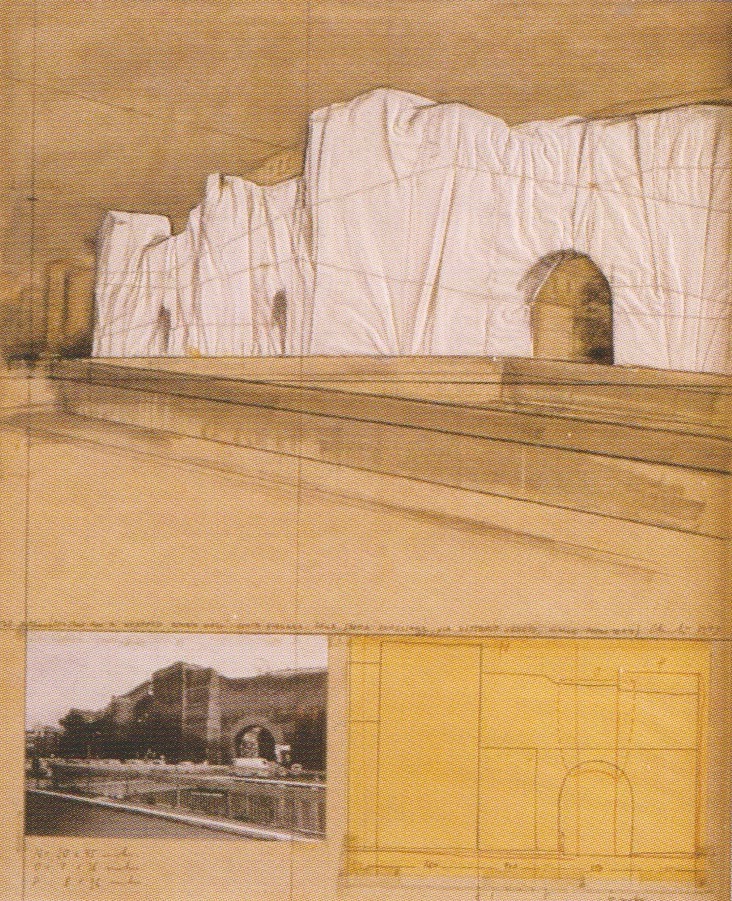
Edizioni DMG, Rome 2006.
The misteries of an art collection are hidden in the territory of the desire. This book analyzes a private art collection investigating the different drives the move its collector.
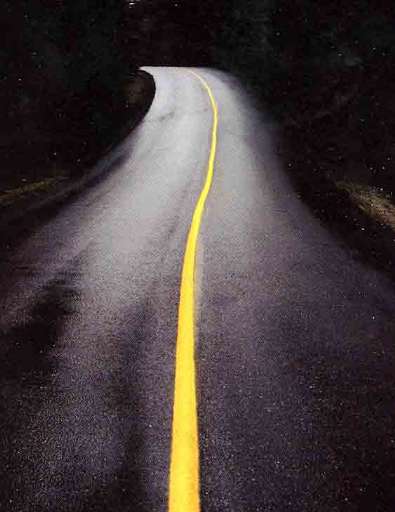
a cura di Francesco Franco. Edizione Università degli Studi di Roma “La Sapienza”. 2004.
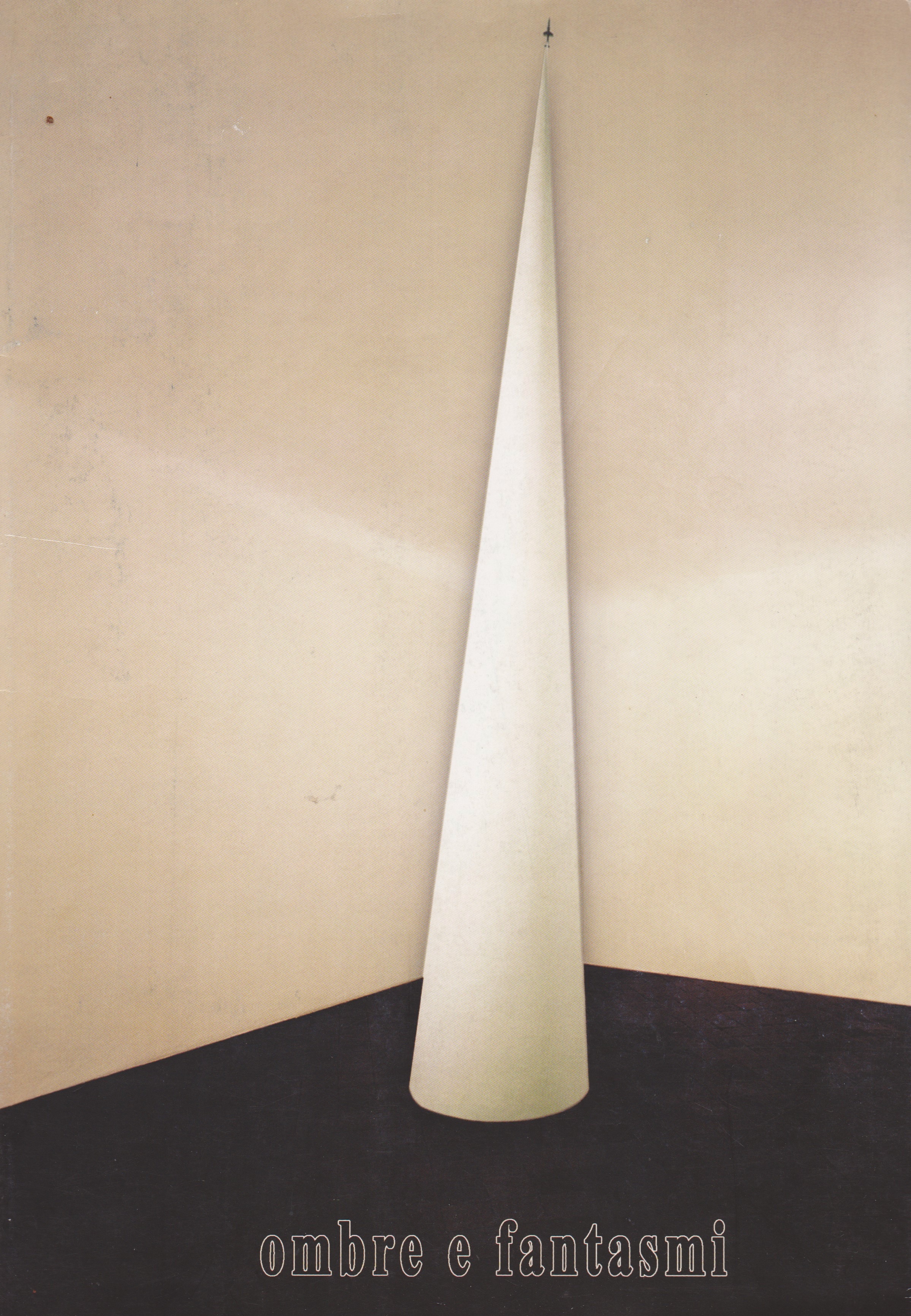
Monti, Rome 2004.
This book is inspired by E. H. Gombrich’s book “Shadows” and is meant as its ideal continuation. While Gombrich’s research on the “shadows” in art ends with the historical vanguards, Capasso continues the research to the present day, where shadows mingle with ghosts.
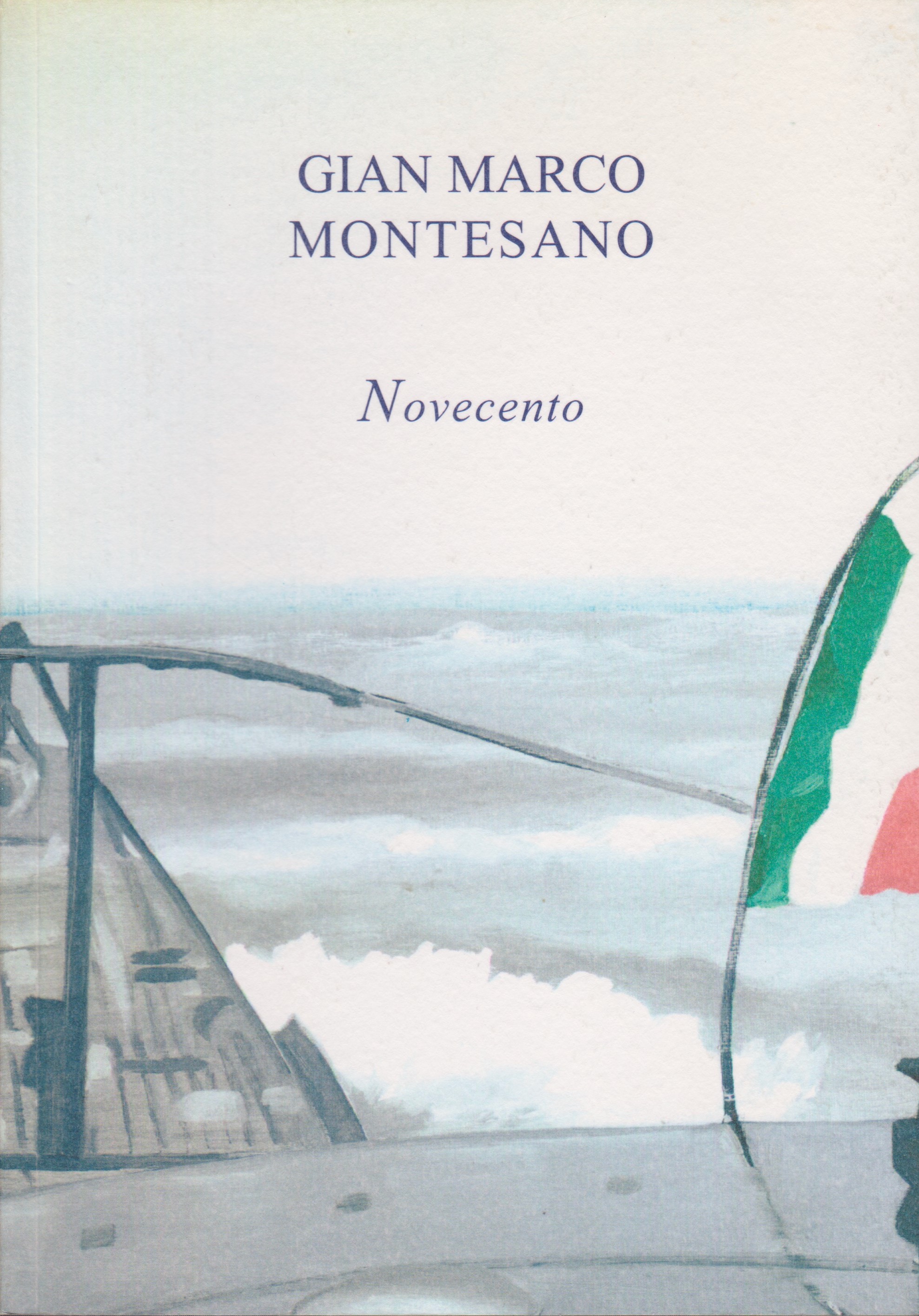
a cura di Paolo Dosa e Victor Arellano Rey, con testi Virginia Baradel, Angelo Capasso, Intervista di Elena Bernardotto, Edizioni Andrea Arte Contemporanea, Vicenza 2003

in “PAJ a Journal of Performance and Art”, 73, January 2003, Volume XXV, The MIT Press, Cambridge (pages 79-86).
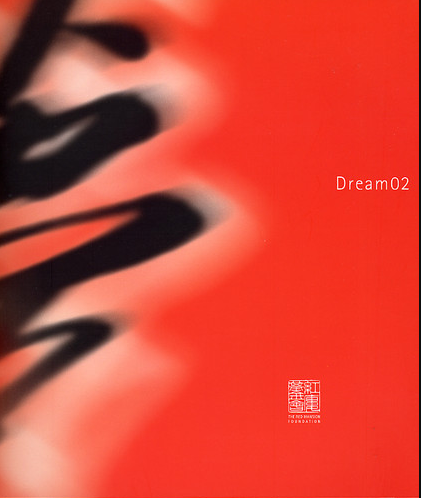
in Dream 02, a cura di Edward Lucie Smith, The Red Mension Foundation Publishing, Londra 2002.

in “Spiridon Neven DuMont”, a cura di Achille Bonito Oliva, Edizioni Skirà, Milano 2002, catalogo della mostra Spiridon Neven DuMont, a Roma, Complesso del Vittoriano, 6 Aprile – 5 Maggio 2002, testi di Achille Bonito Oliva, Angelo Capasso, Siegfried Zielinski
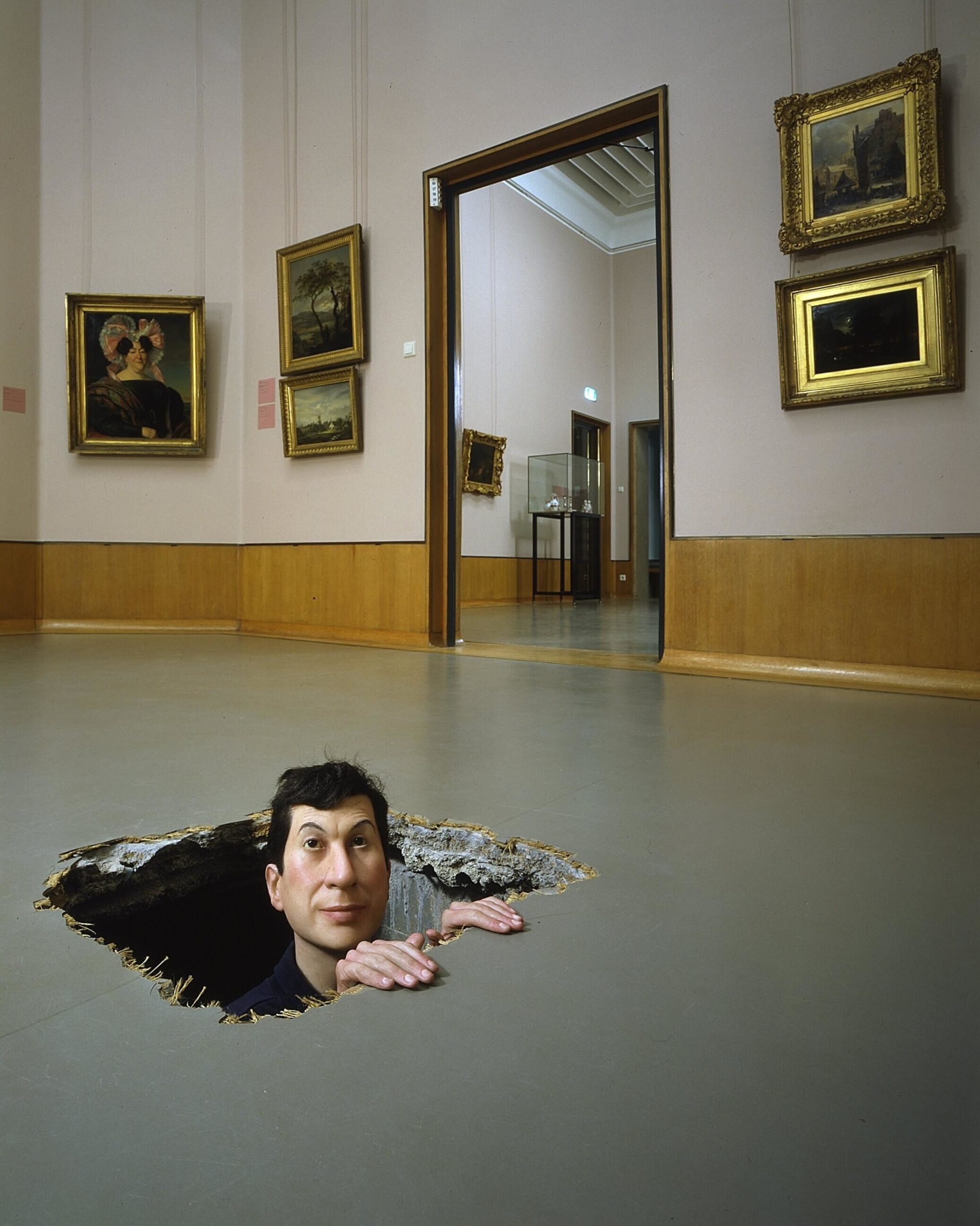
Tema Celeste, maggio-giugno, 2002.
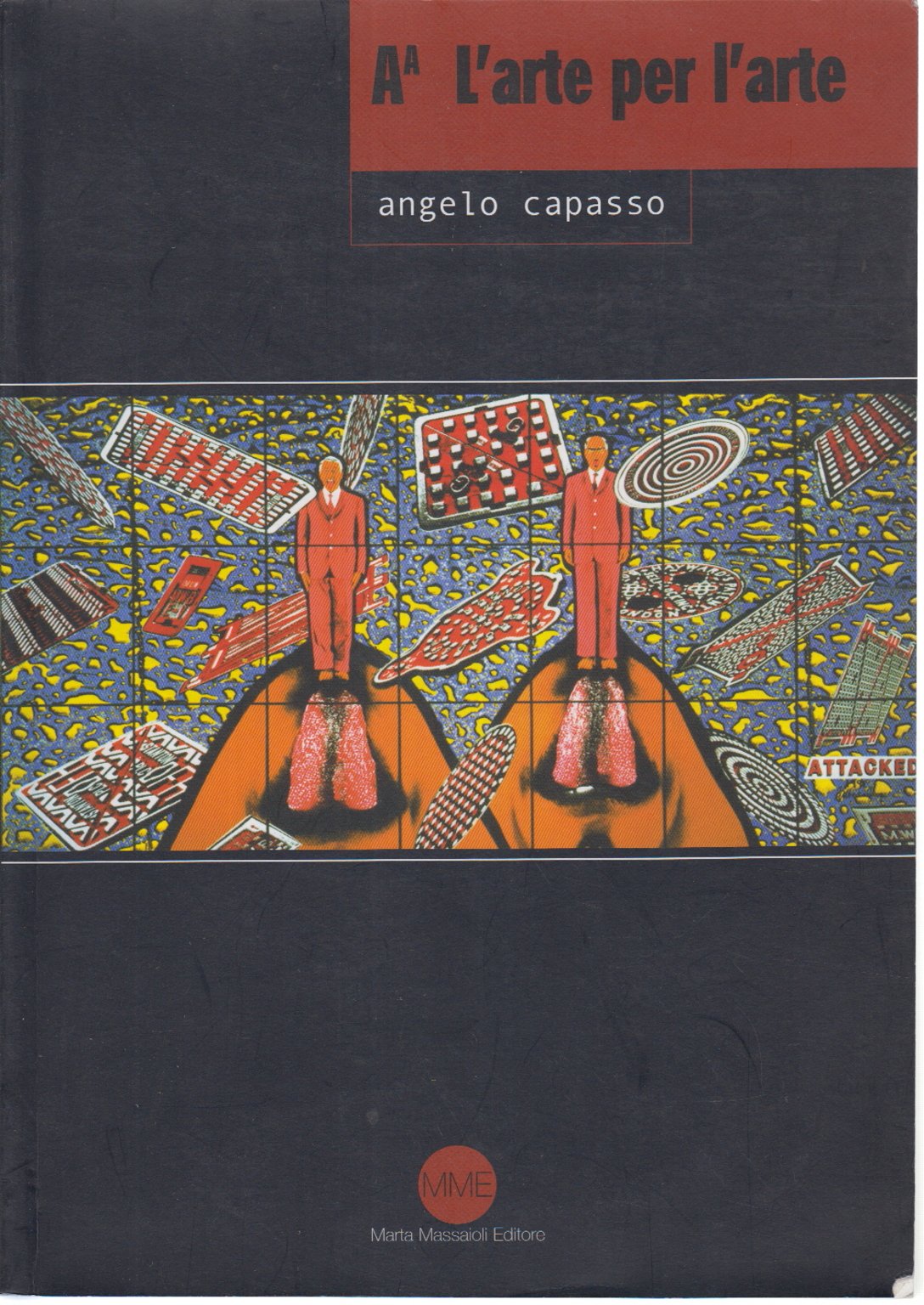
MME, Roma 2002 (ASIN: B075R3D3X3).
Art for art’s sake—the usual English rendering of l’art pour l’art, a French slogan from the early 19th century—is a phrase that expresses the philosophy that the intrinsic value of art, and the only ‘true’ art, is divorced from any didactic, moral, political, or utilitarian function.

in “Le Muse Inquietanti”, a cura di Rosalba Branà Edizioni Zelig Bari 2001.

in “Giuseppe Gallo. 1979-2001: Prova generale”, a cura di Achille Bonito Oliva, testi di Achille Bonito Oliva, Angelo Capasso, Tonino Sicoli, Edizioni Abramo, Cosenza 2001.

in “Le tribù dell’arte” Catalogo della mostra di Achille Bonito Oliva, Edizioni Skira 2001.

Arte e Critica, gennaio – marzo 2001.
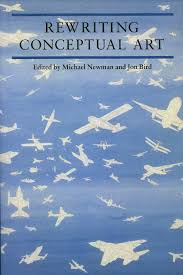
Arte e Critica, gennaio – marzo 2001

Skira, Milano 2001.
Achille Bonito Oliva: the art critic, the man the brand – ABO. An inventor of languages, of movements, a tamer of artists. These are all the aspects that emerge from the reading of ‘A.B.O. The arts of criticism ‘, the book. The book was published in the occasion of the ABO, le arti della critica large exhibition in San Benedetto del Tronto, 2001.
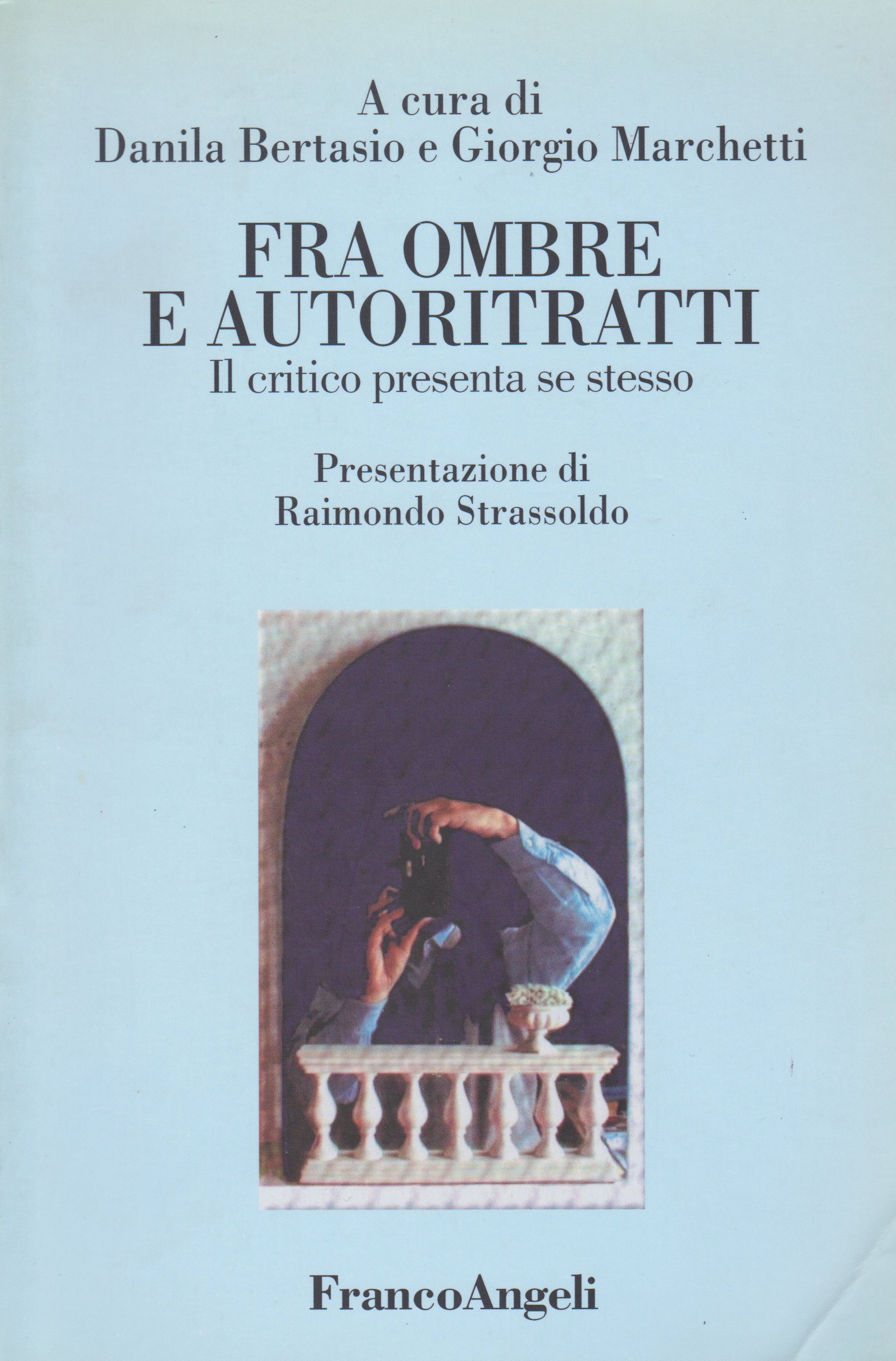
in AA.VV. (a cura di Danila Bertasio e Giorgio Marchetti) “Fra ombre e ritratti. Il critico presenta se stesso”, Franco Angeli, Milano, 2000.
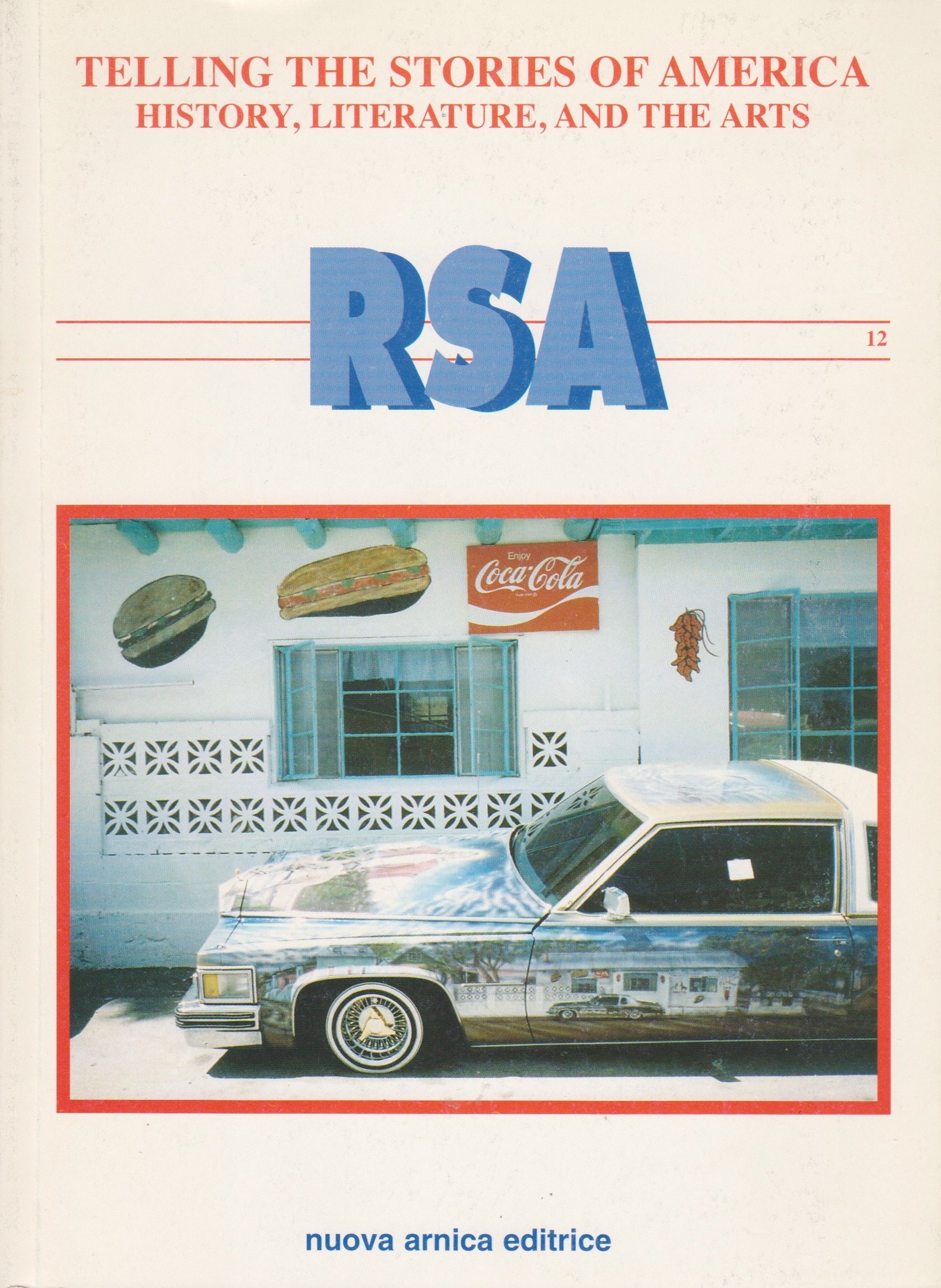
in AA.VV. “Telling the Stories of America. History, Literature, and the Arts”, Nuova Arnica Editrice, Roma 2000.
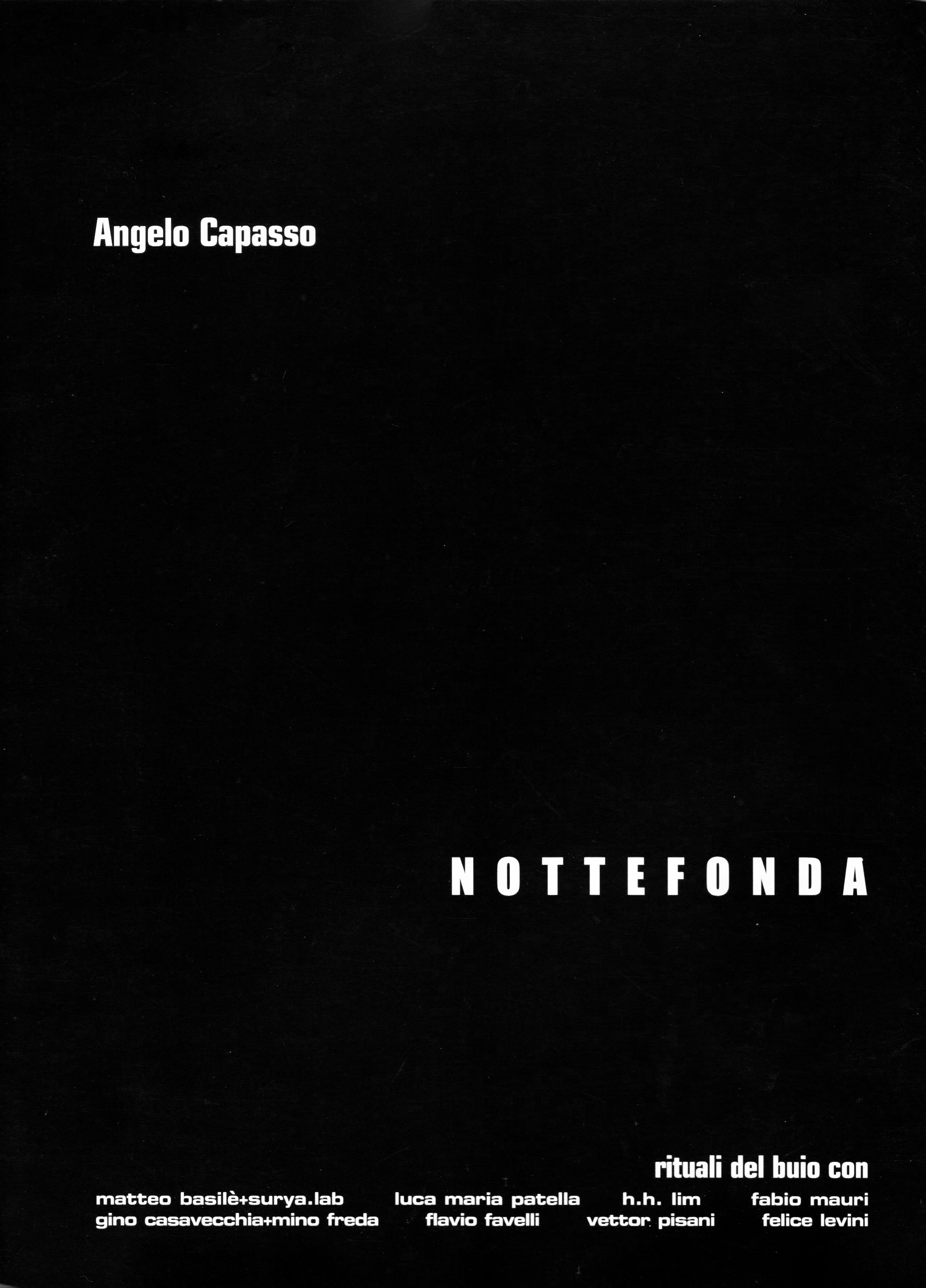
ZowArt, Rome 2000.
“The night and the black. The space and the color of darkness come together in a pack of images that revolve around the terms of distance and time: art has captured this conjunction in Malevich’s great black square, where color defends itself and is circumscribed by canceling painting, as well as the shapes and every chromatic variety, breaking through the geometric boundaries, of which the corners inside the painting simply represent a hypothesis of finitude, and a certainty of infinity, echoing an ancient Chinese adage: Infinity is a square without angles.” Angelo Capasso

RomArte, anno III, n. 2/3.

Time, 26 October 1998 ABSOLUT ORIGINALS, 1998📄
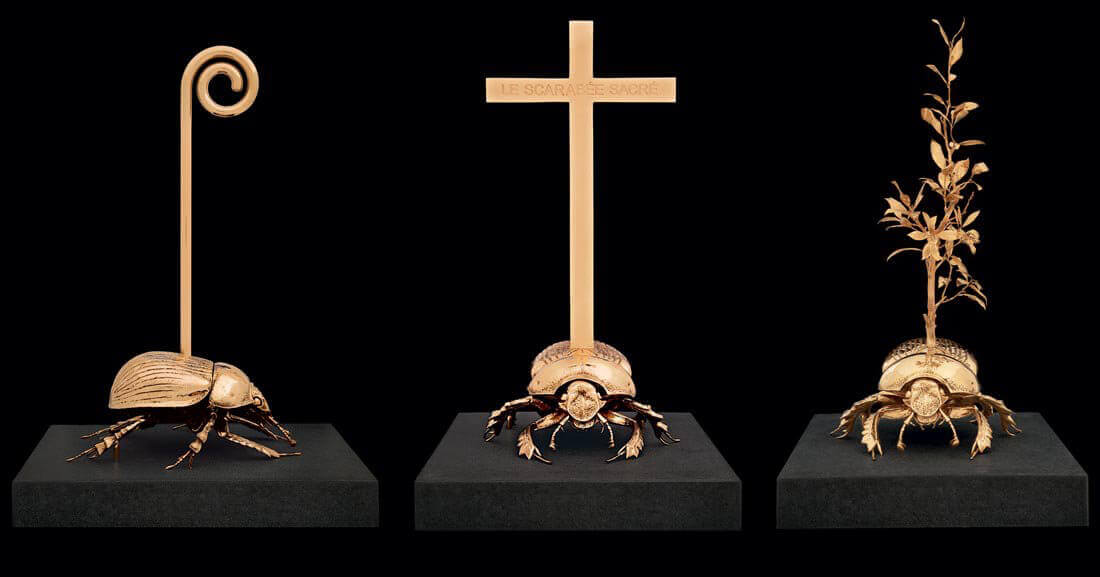
RomArte, anno III n. 1.
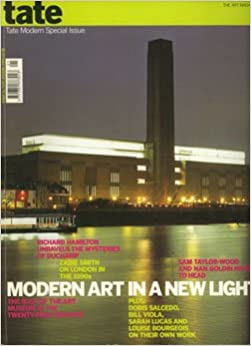
Tate, the art magazine, Spring, 1998.
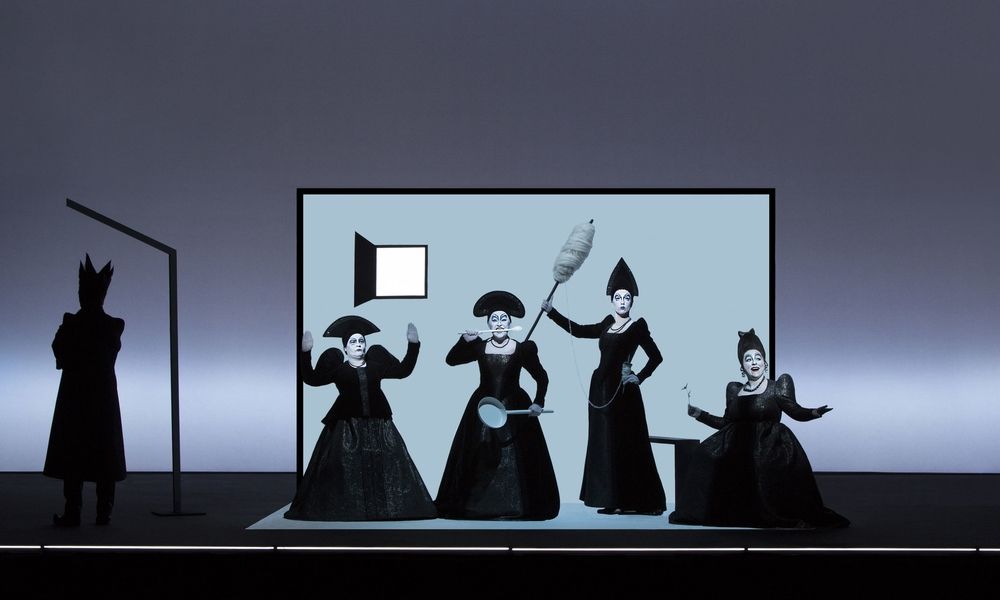
Sipario, marzo, 1998.

Sipario, dicembre, 1997.
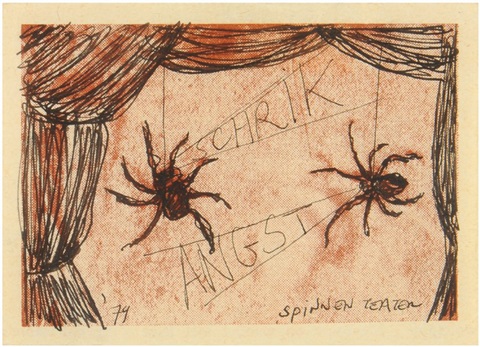
Modus vivendi, ottobre, 1997.
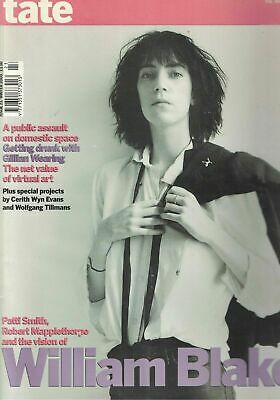
Tate, the art magazine, Winter, 1997.
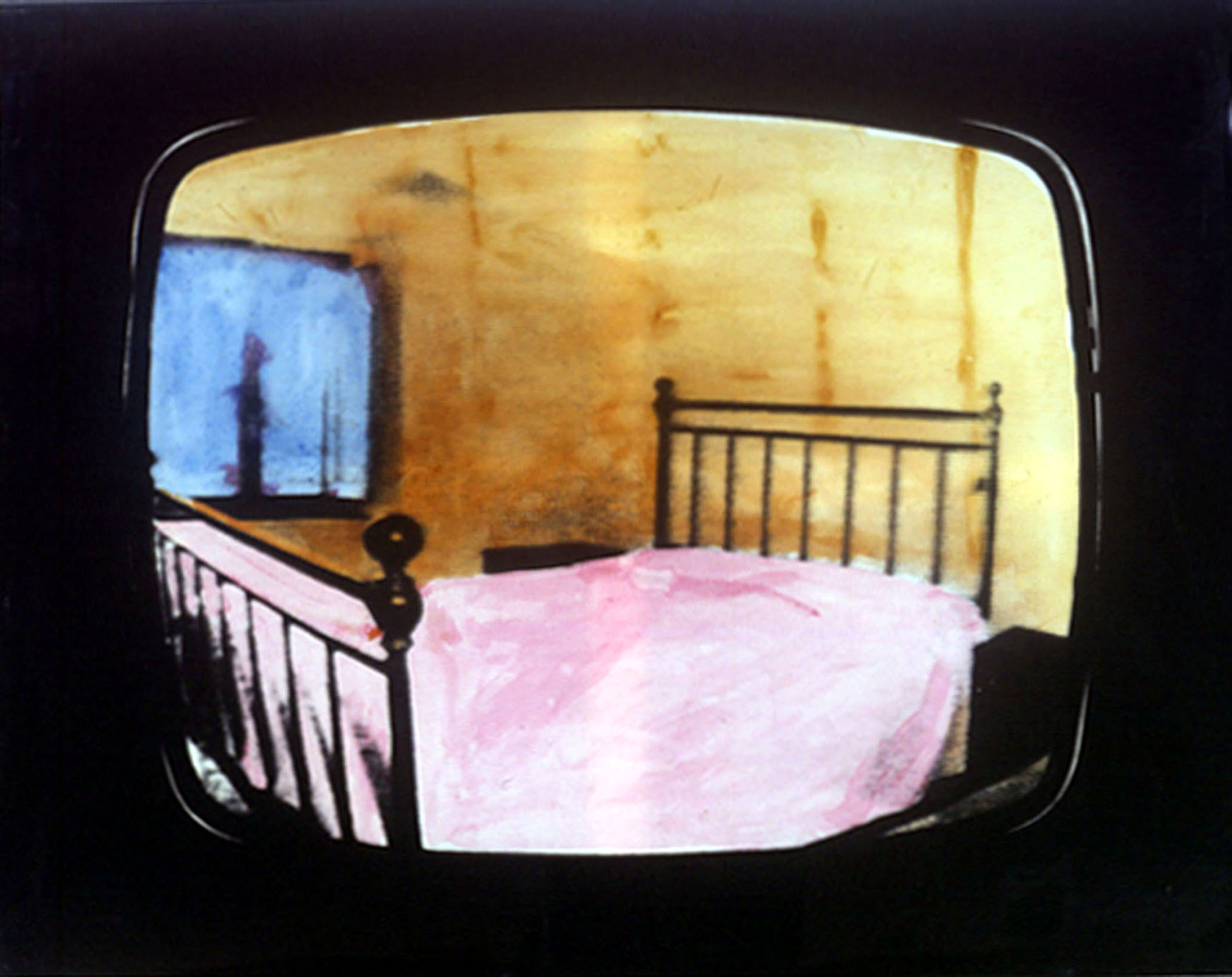
Liberazione, 16 febbraio, 1997.
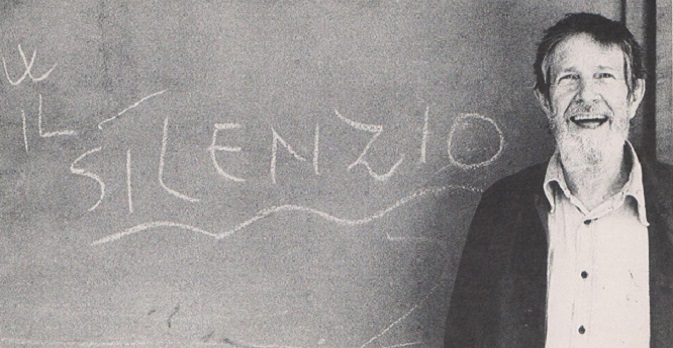
Cahiers d’Art, n.18, 1996.
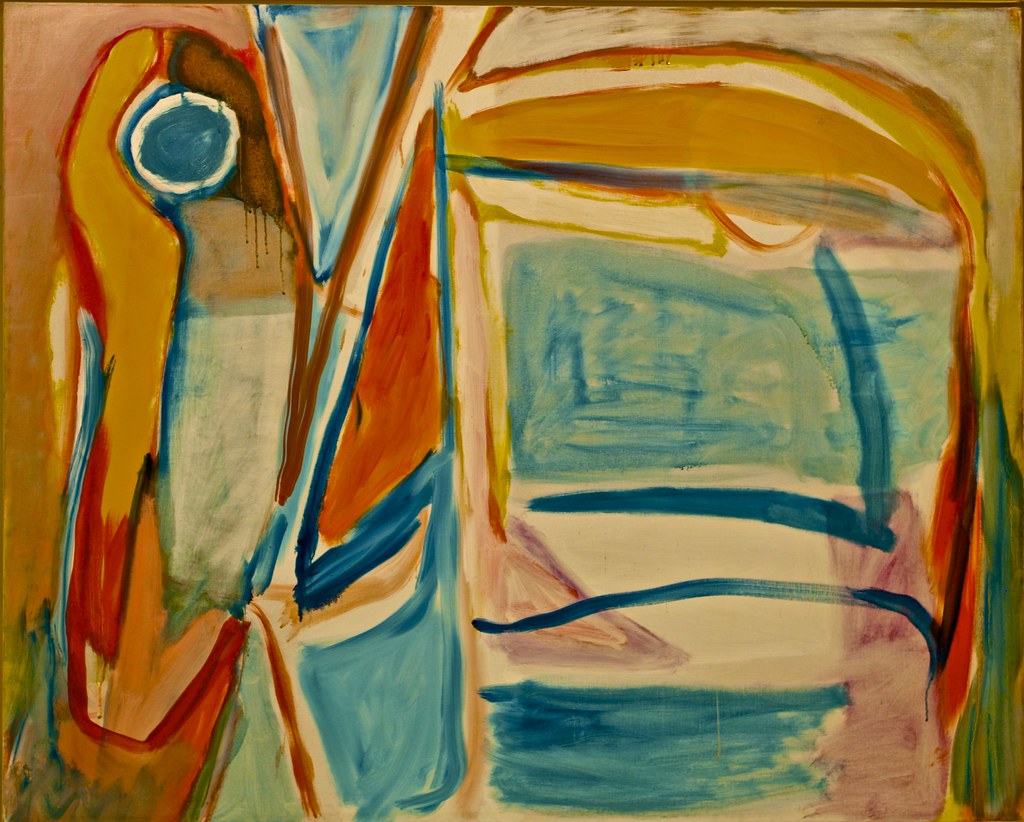
Cahiers d’Art, n. 15, 1996.
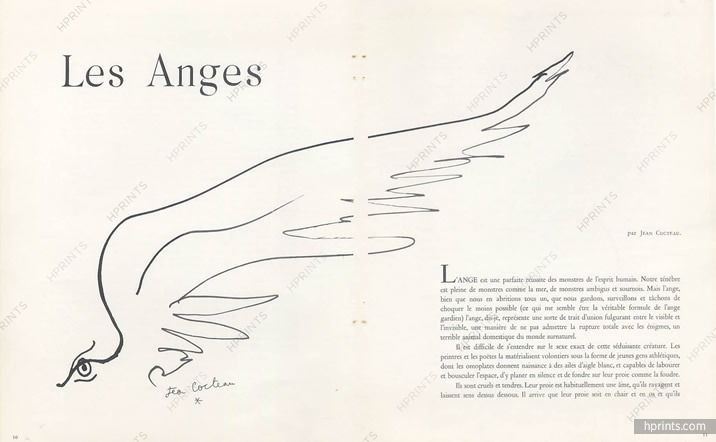
Cahiers d’Art n. 14, 1996.

Cahiers d’Art, n. 13, 1996.

La Nuova Ecologia, n. 6, giugno 1996.

Cahiers d’Art, n. 12, 1996.

Cahiers d’Art, n. 11, 1996.
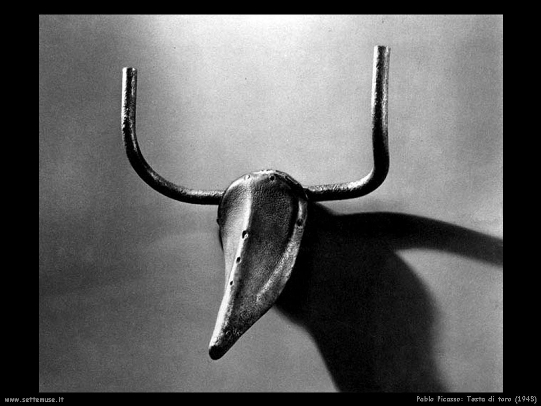
Cahiers d’Art, n. 11, 1996.

Cahiers d’Art, n. 10, 1996.
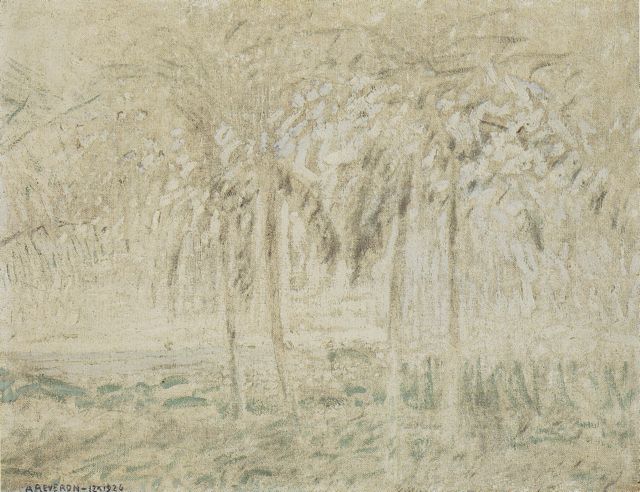
Cahiers d’Art, n. 9 1996.
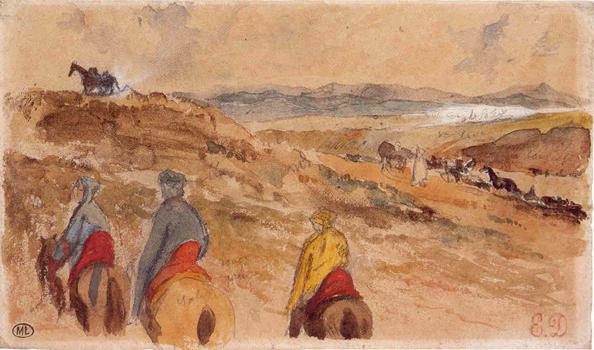
Cahiers d’Art Italia, n. 9 1996.
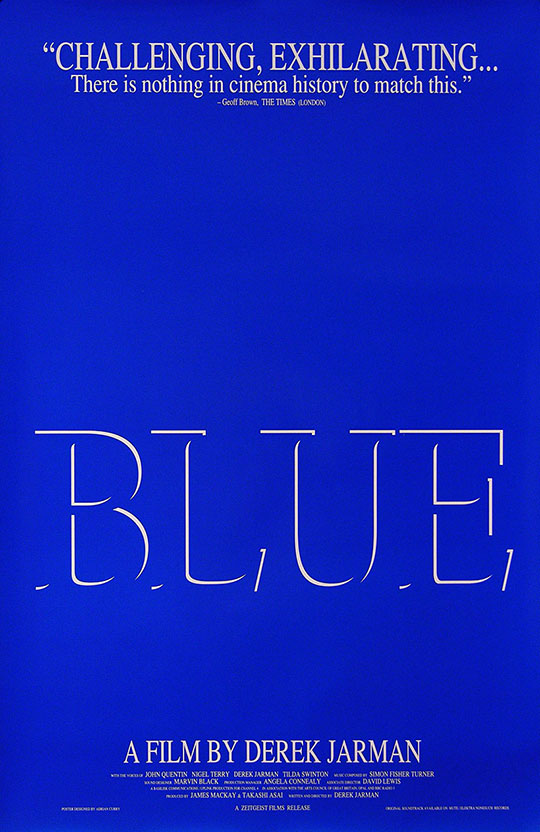
Cahiers d’Art Italia, n. 8 1996.
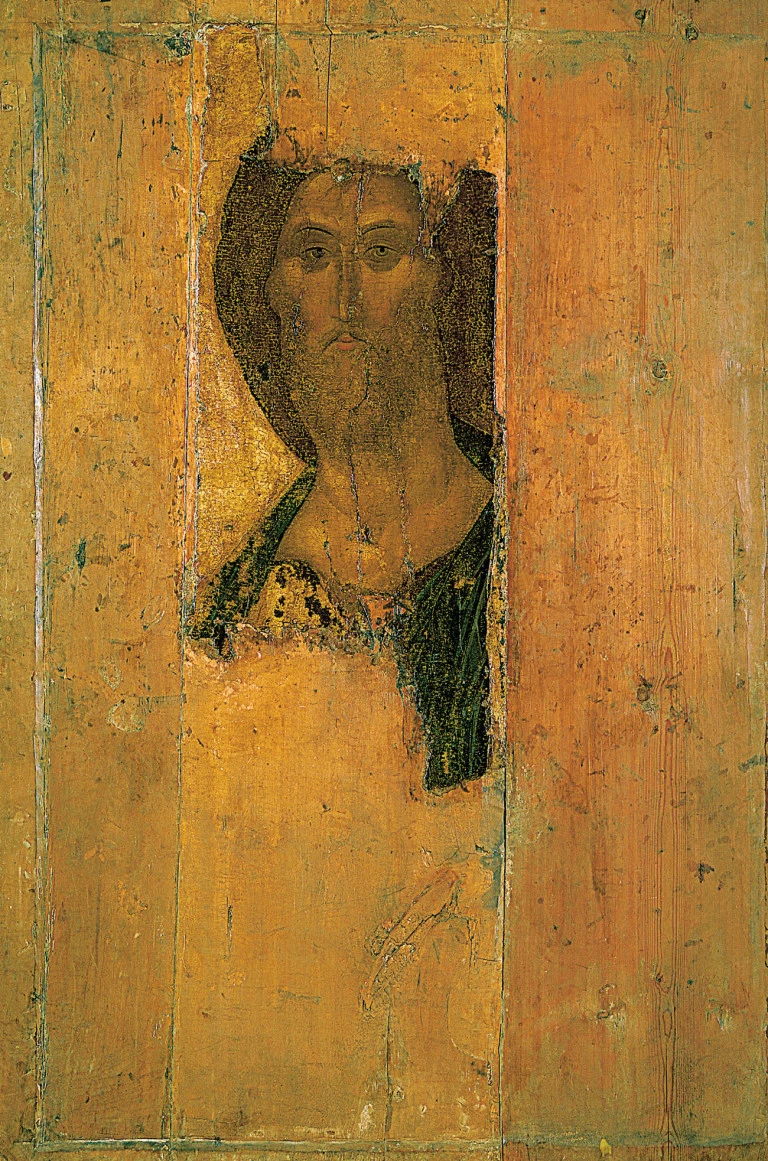
Cahiers d’Art International – English Edition, n. 1, 1995
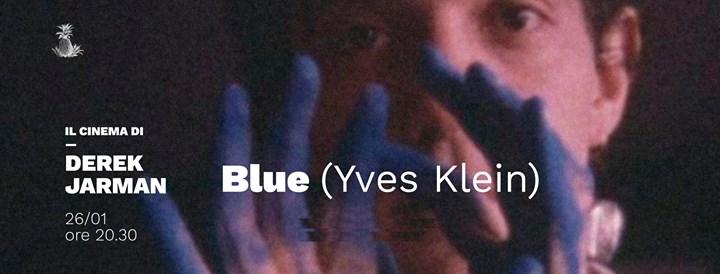
Filmcritica, 454, aprile 1995, pp. 163-171.